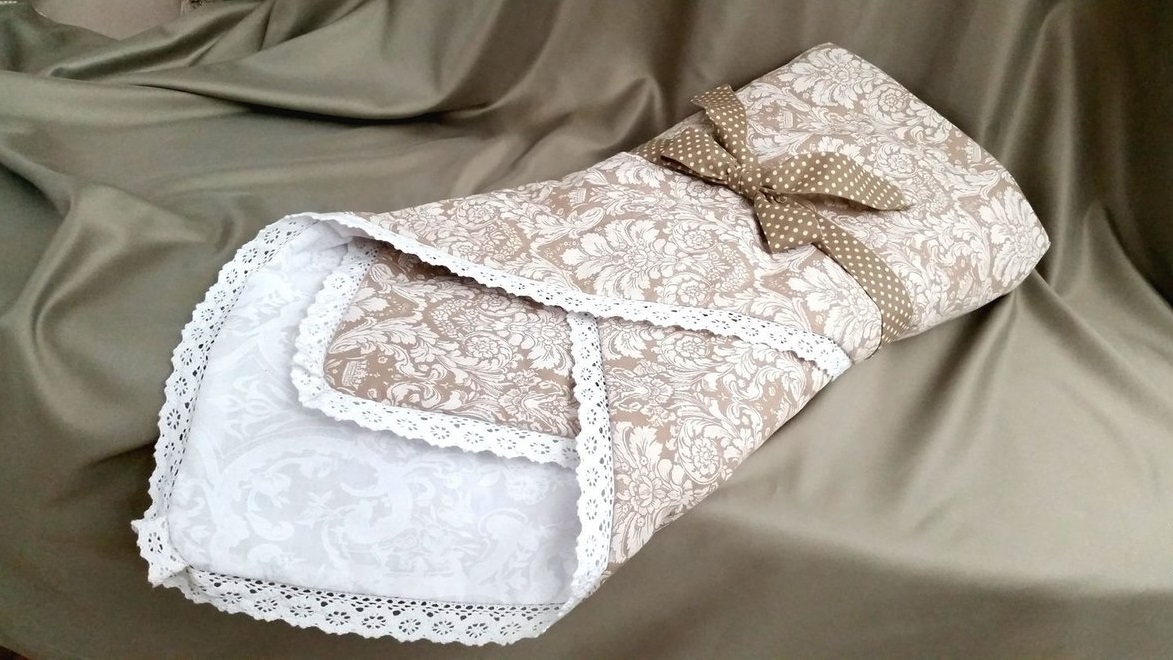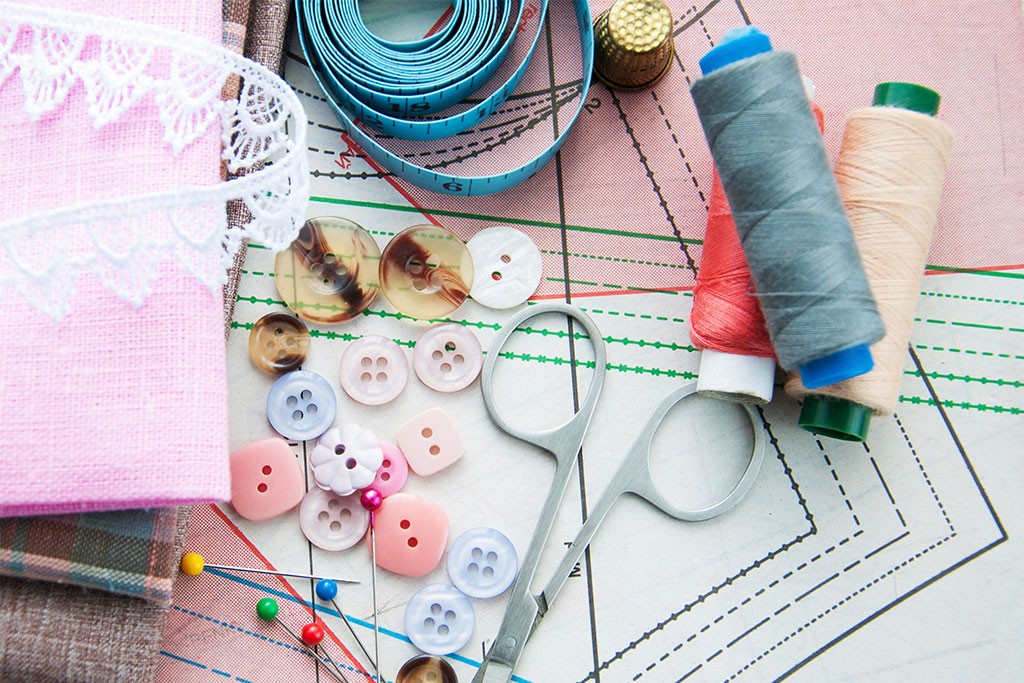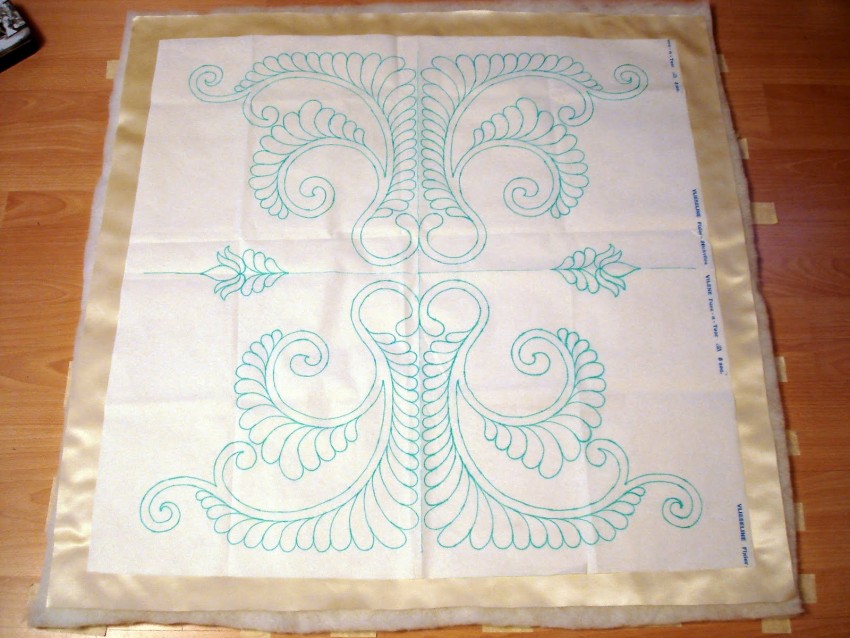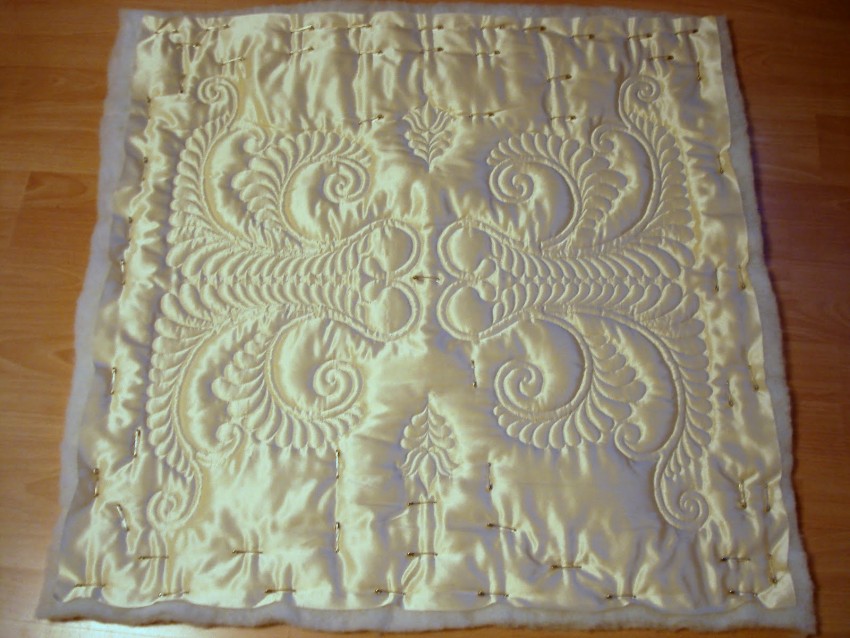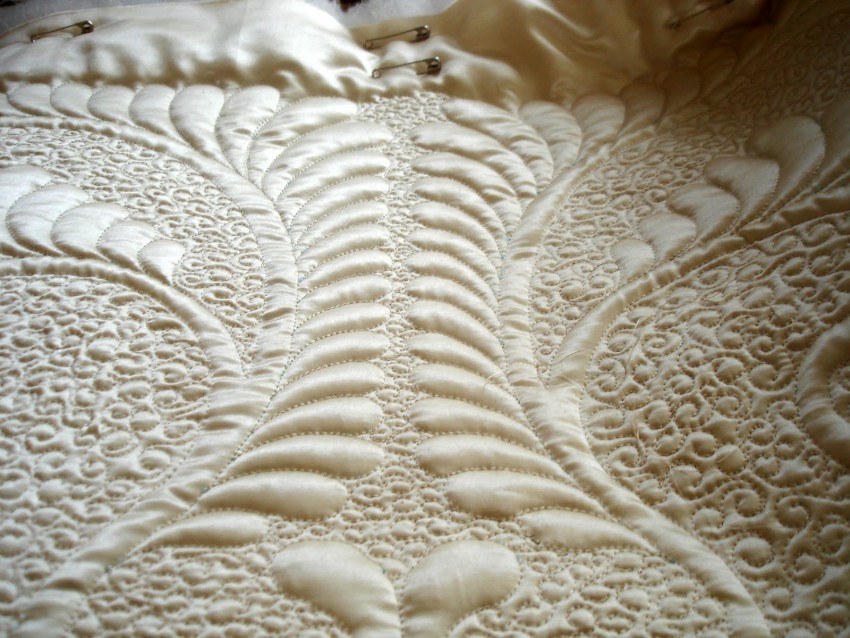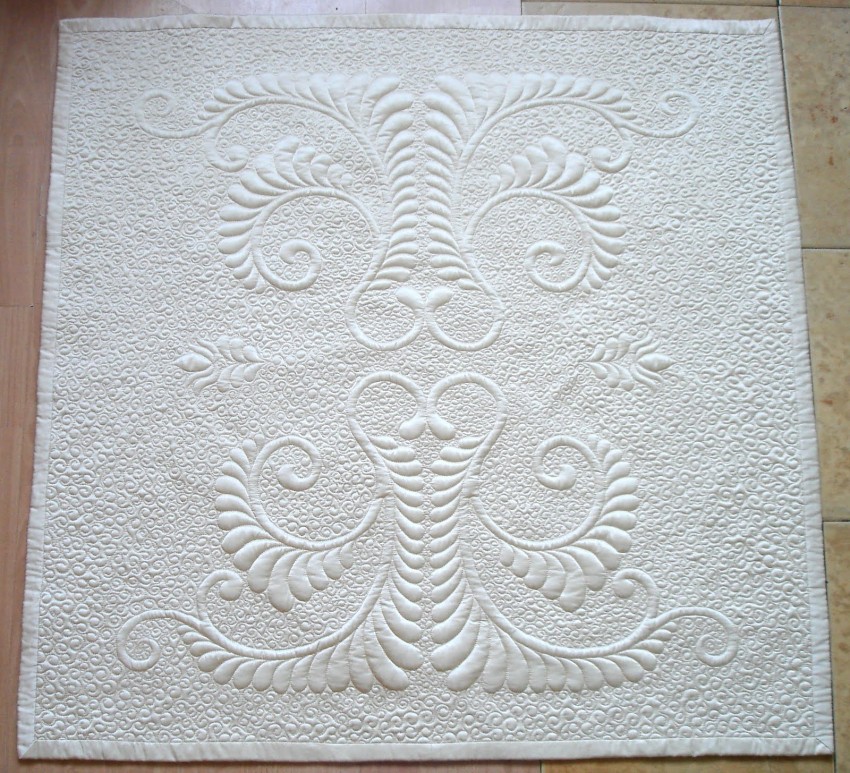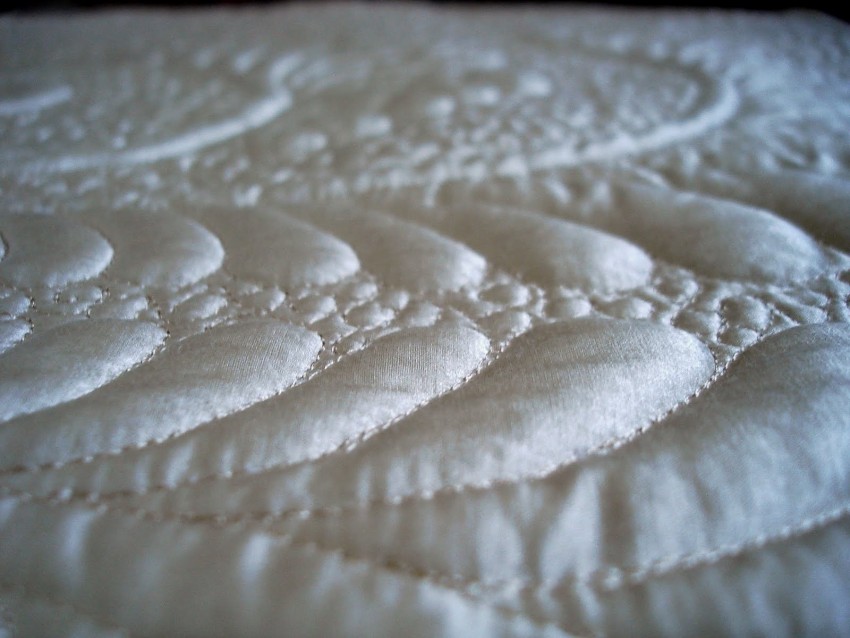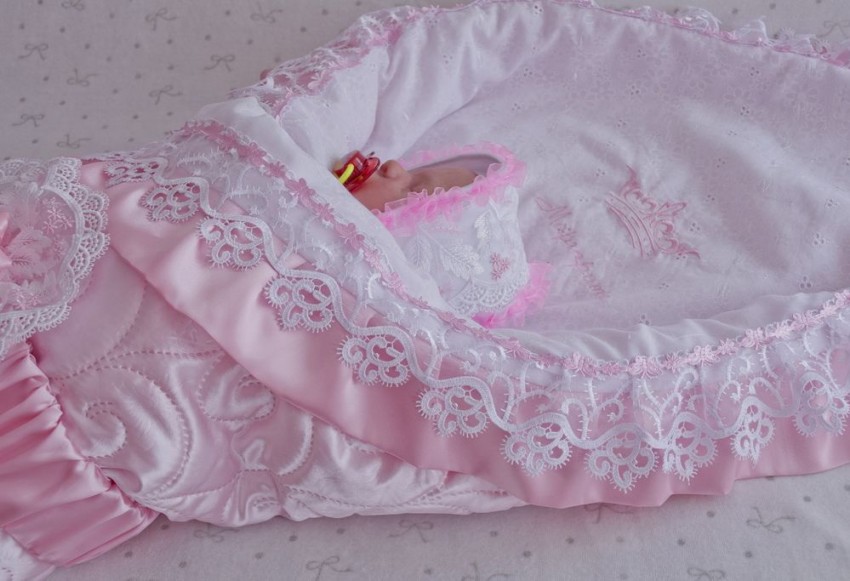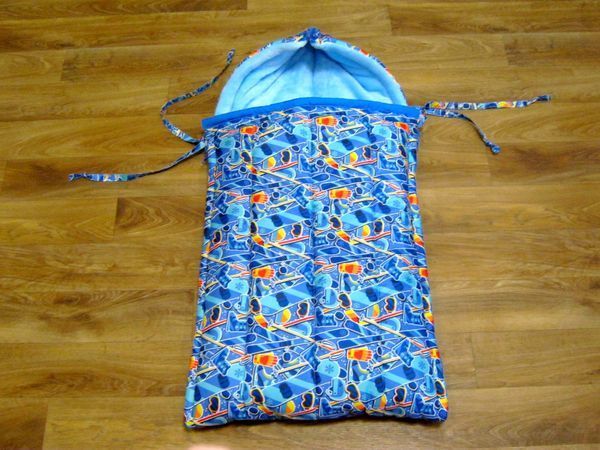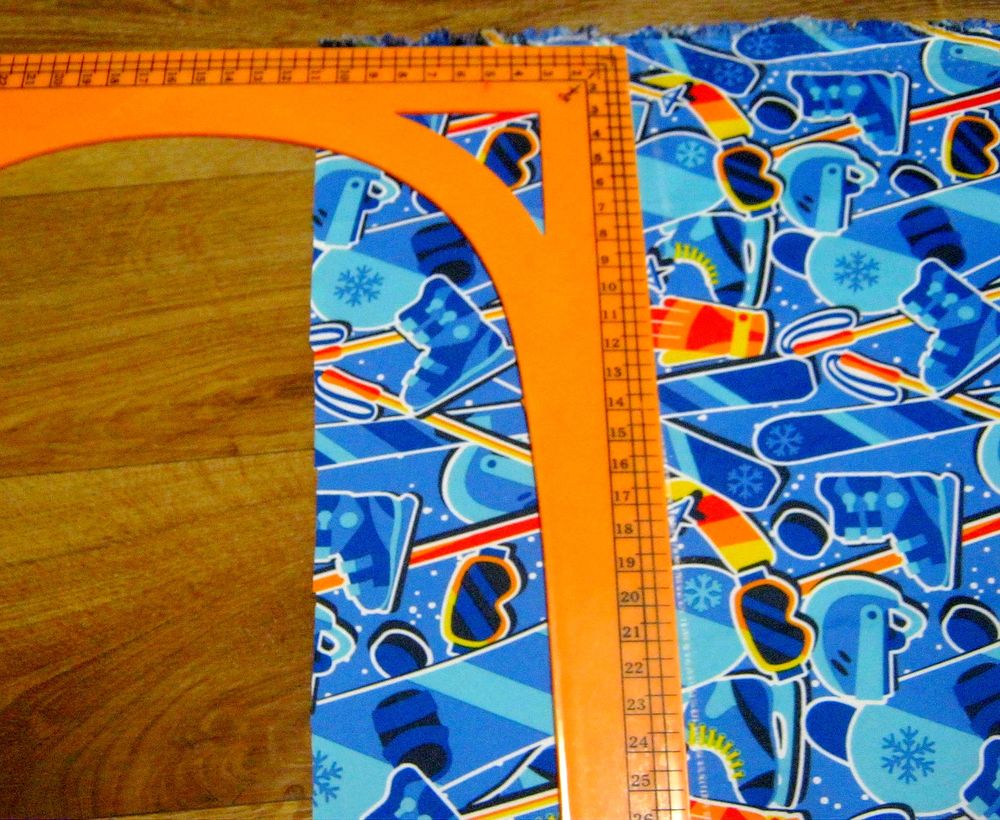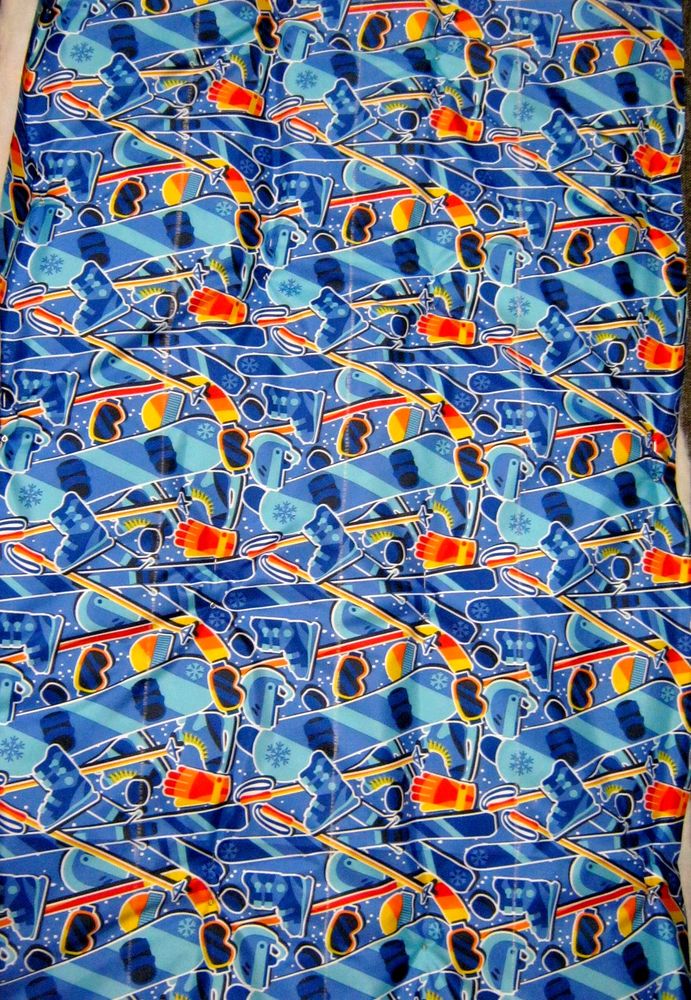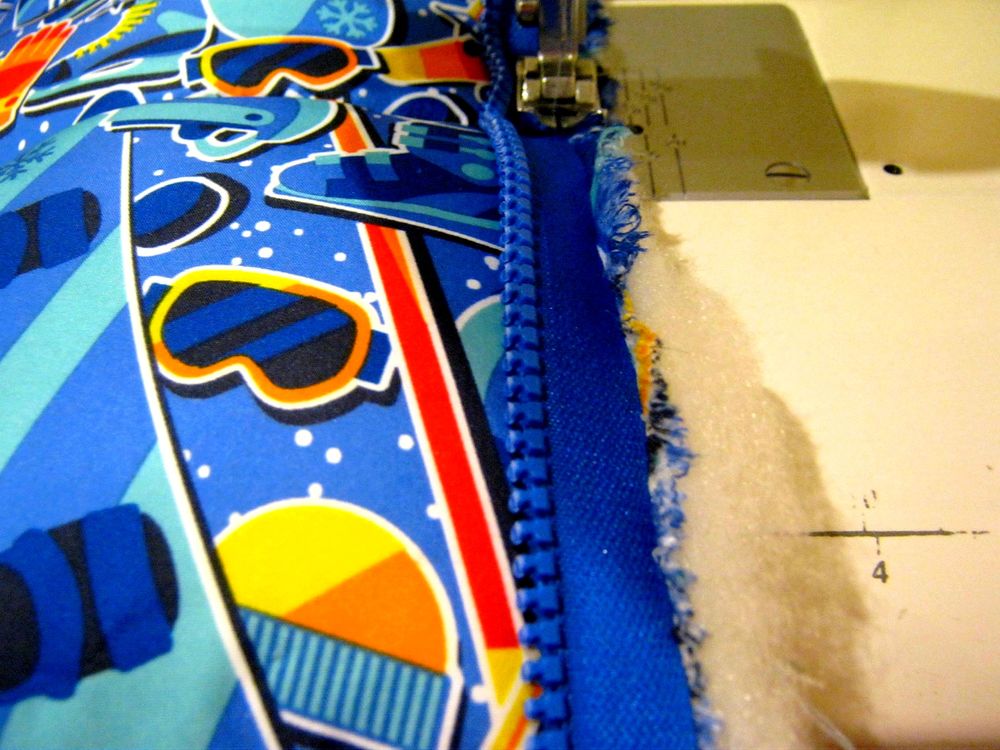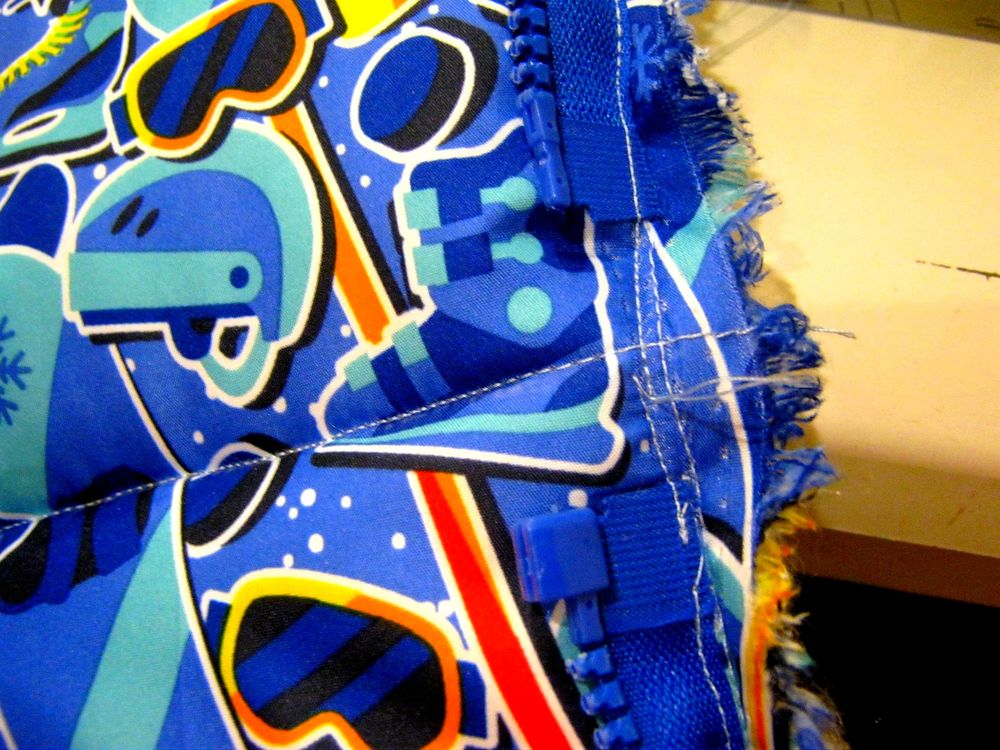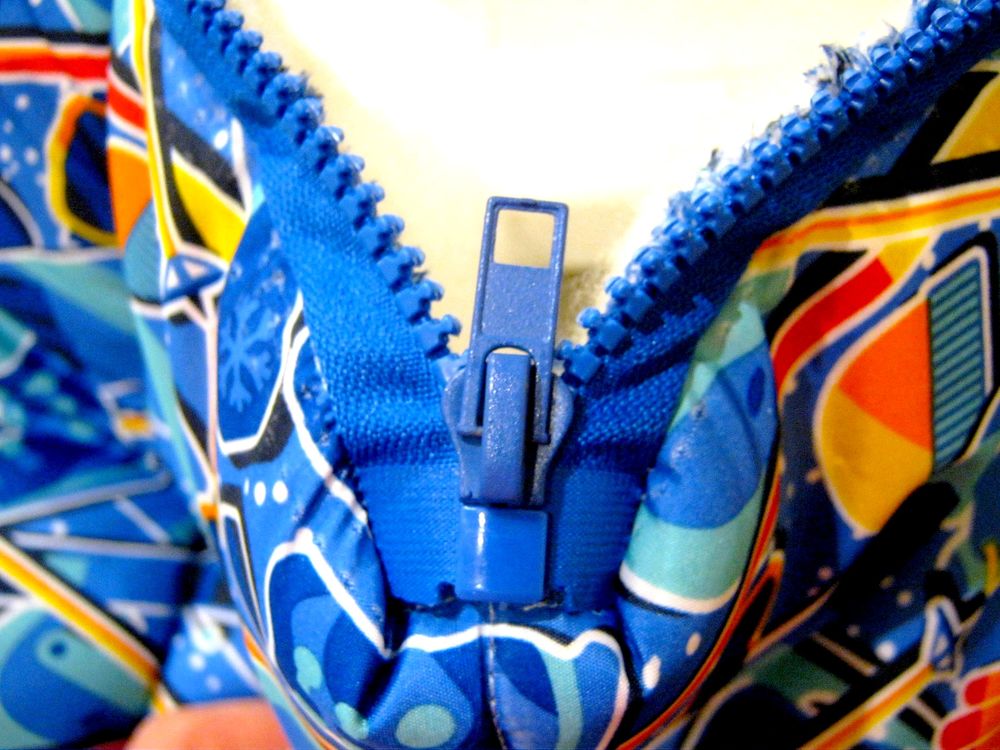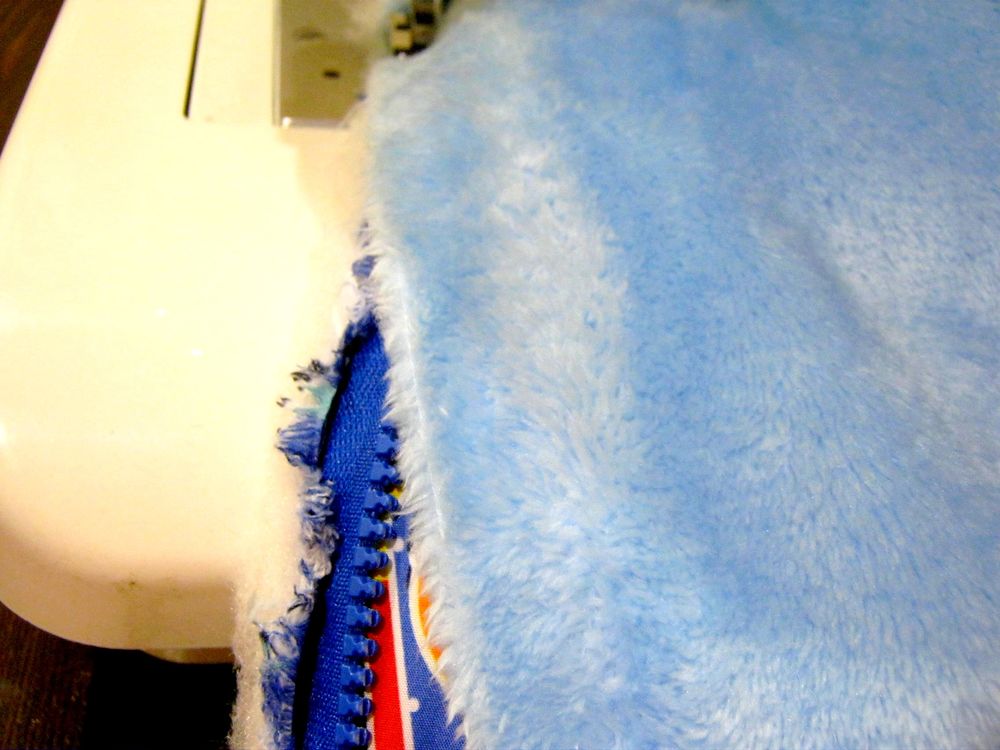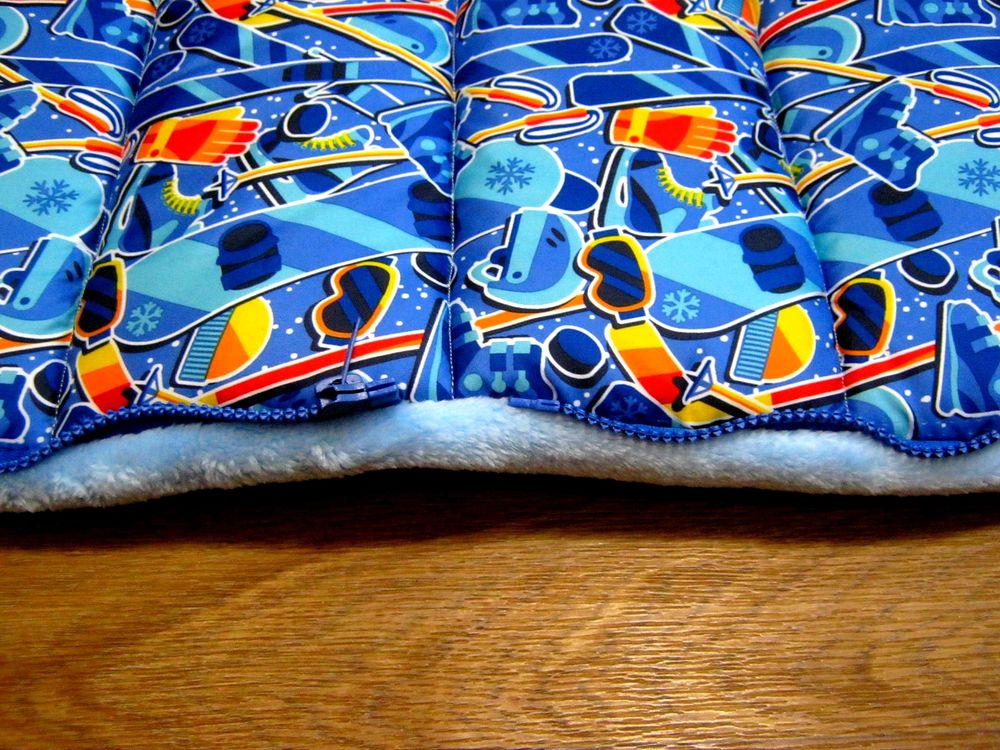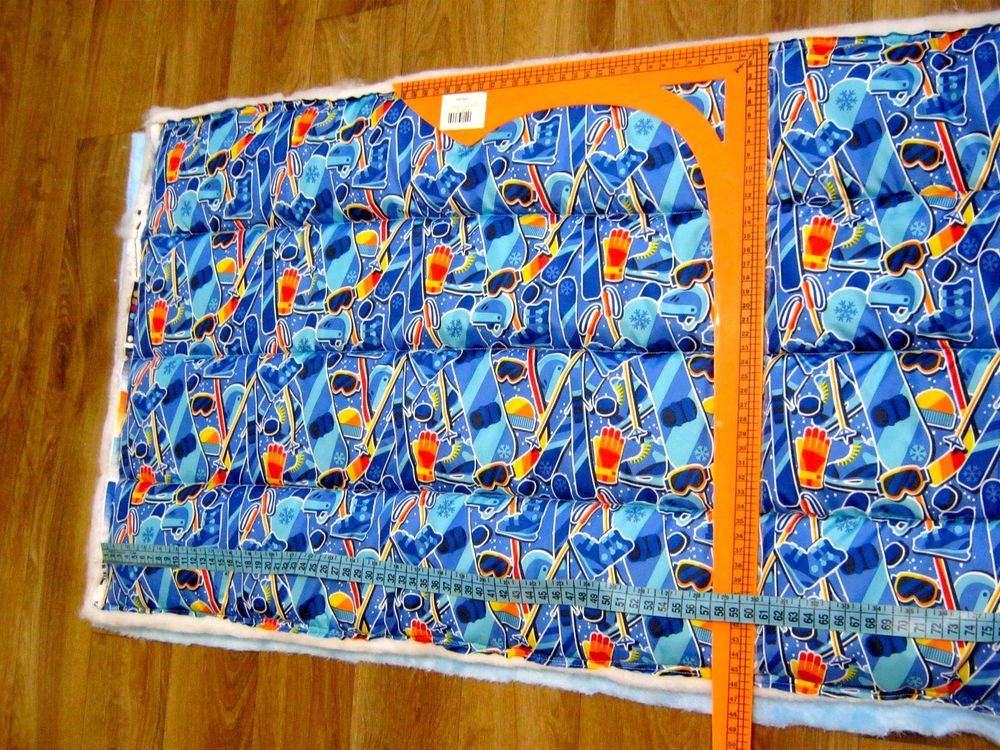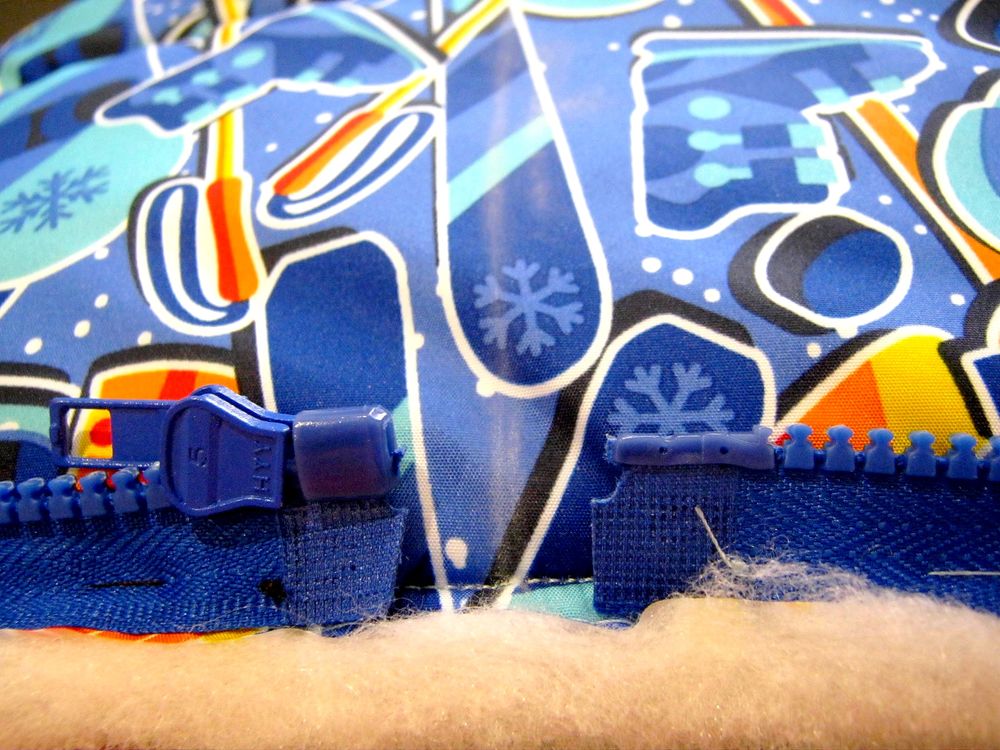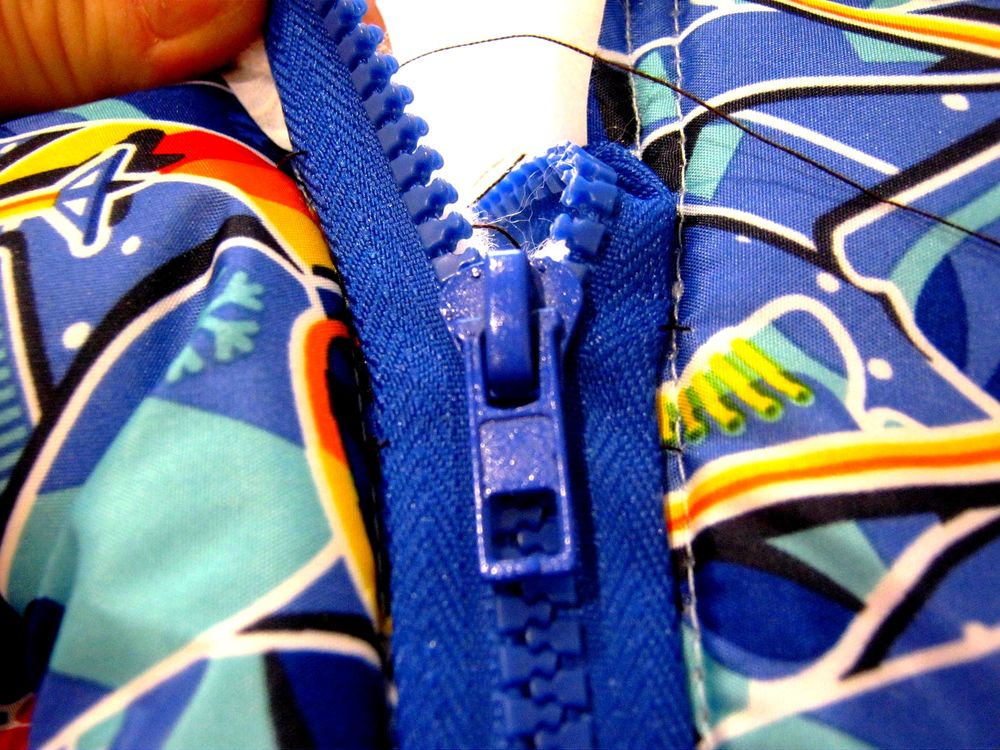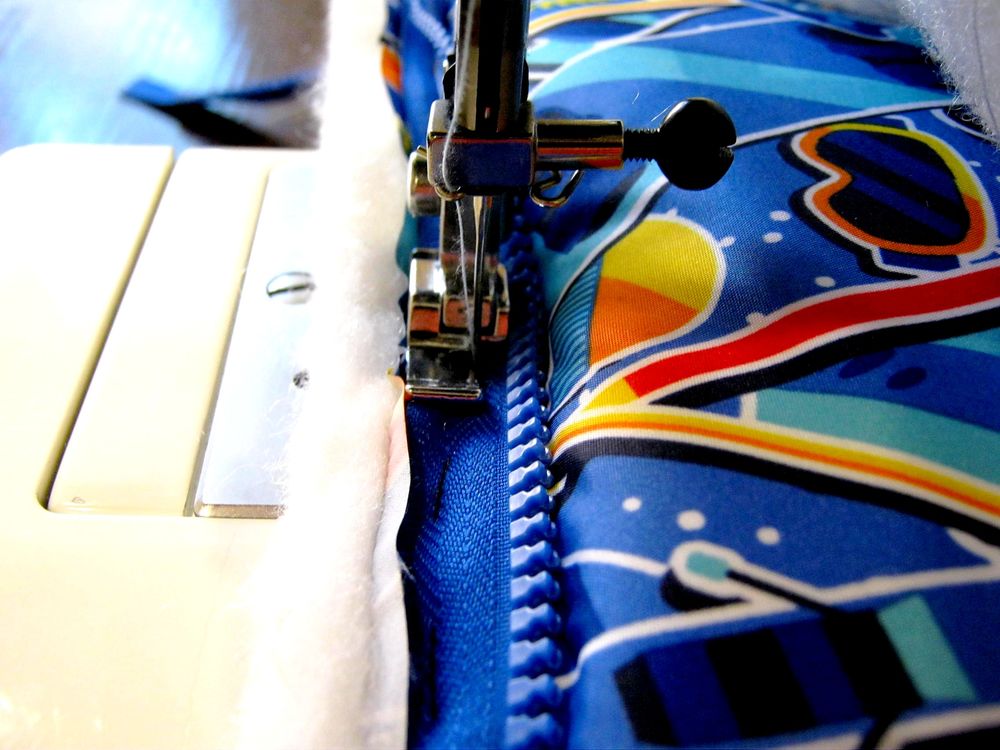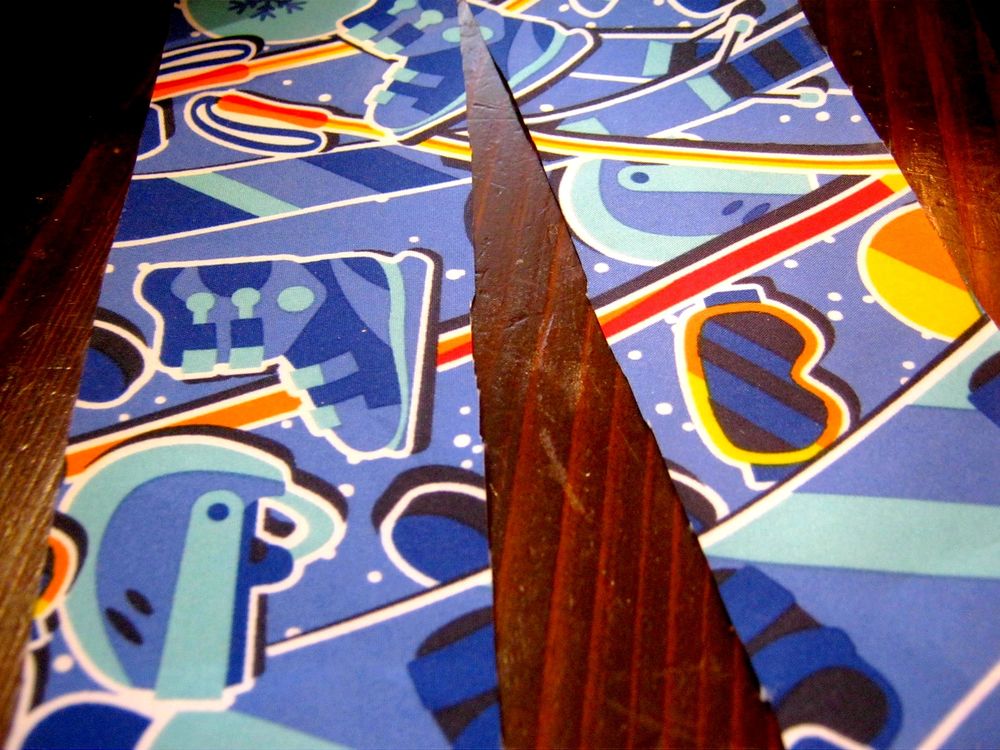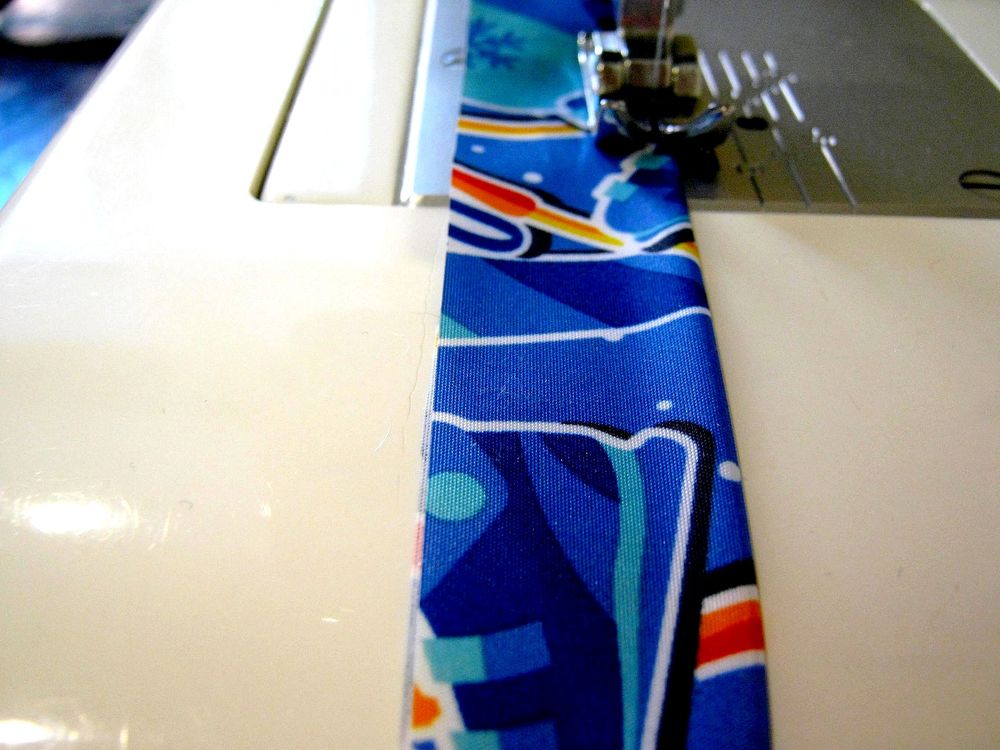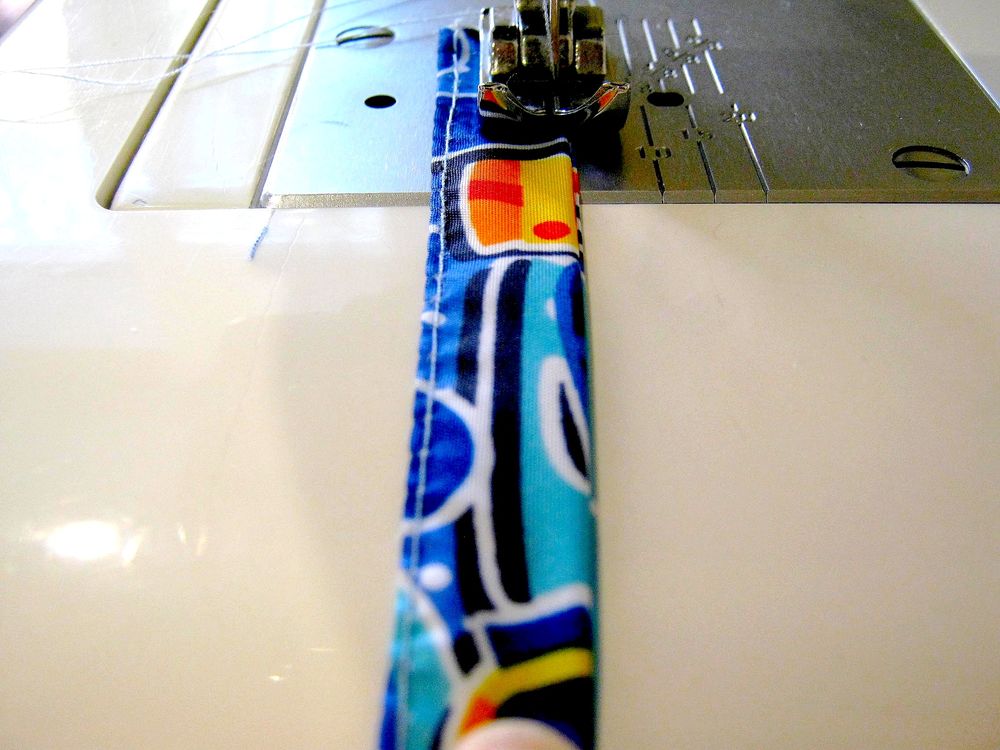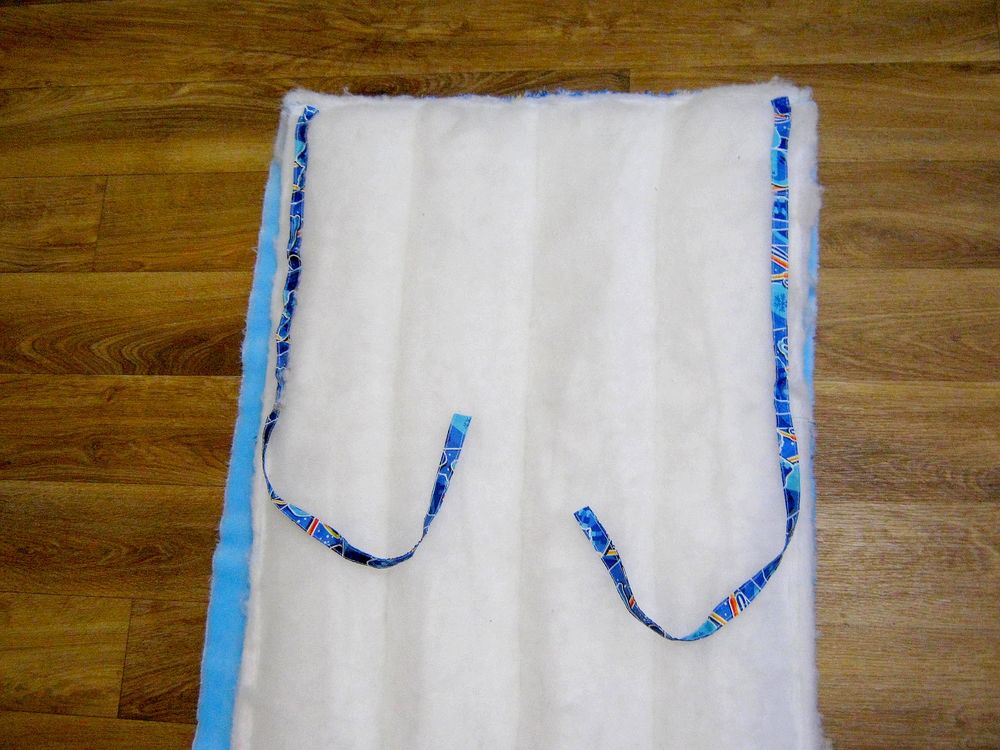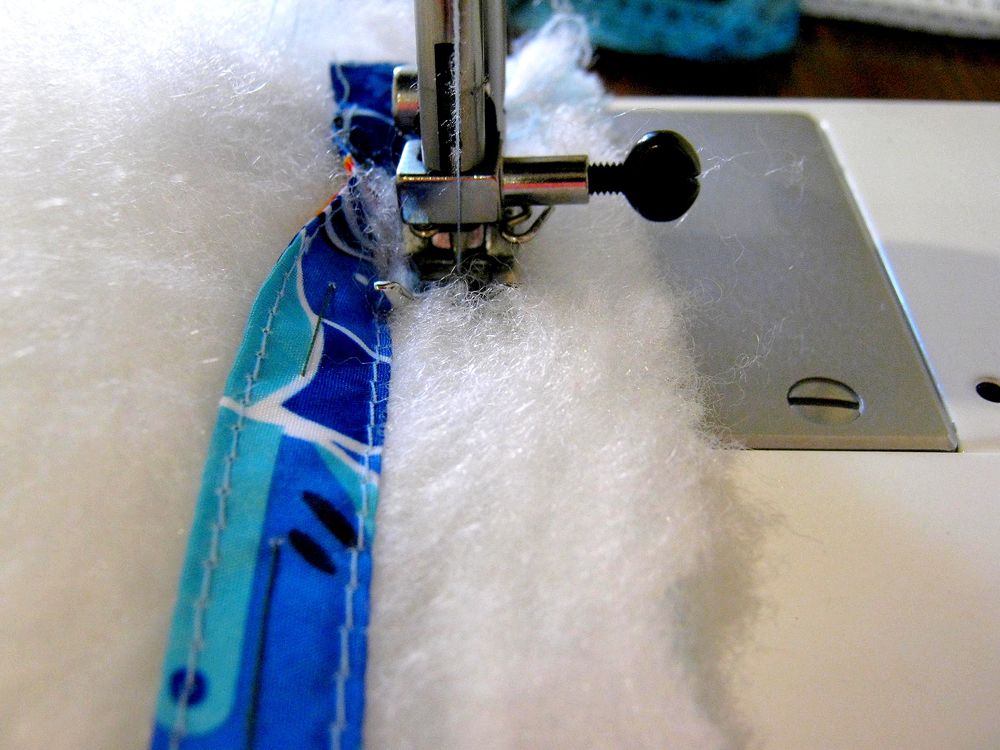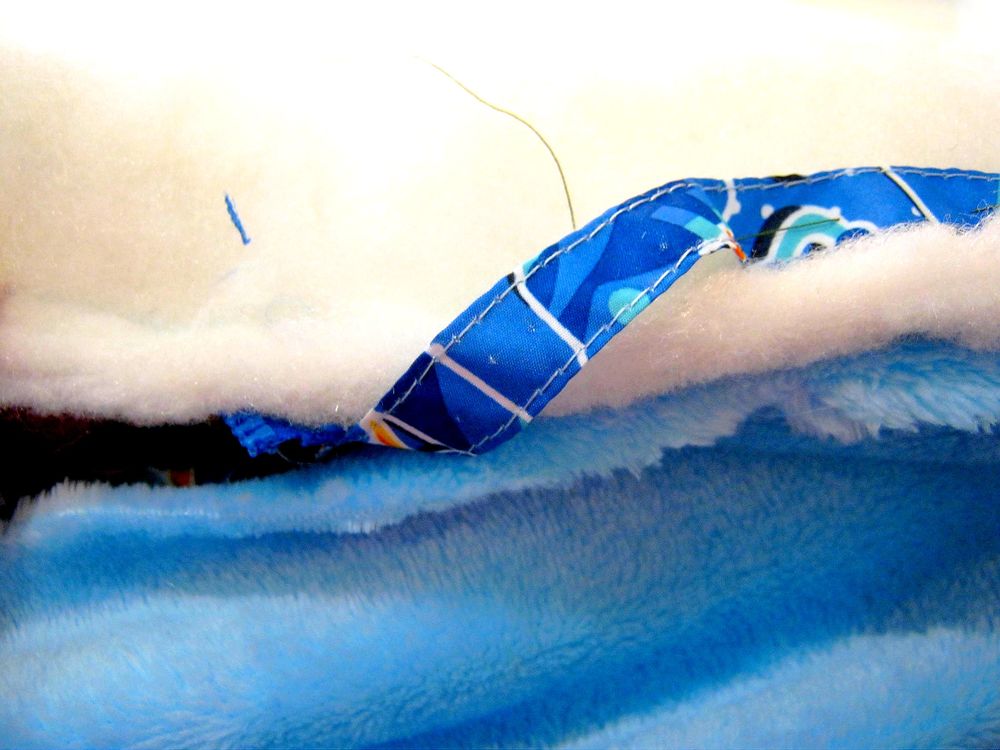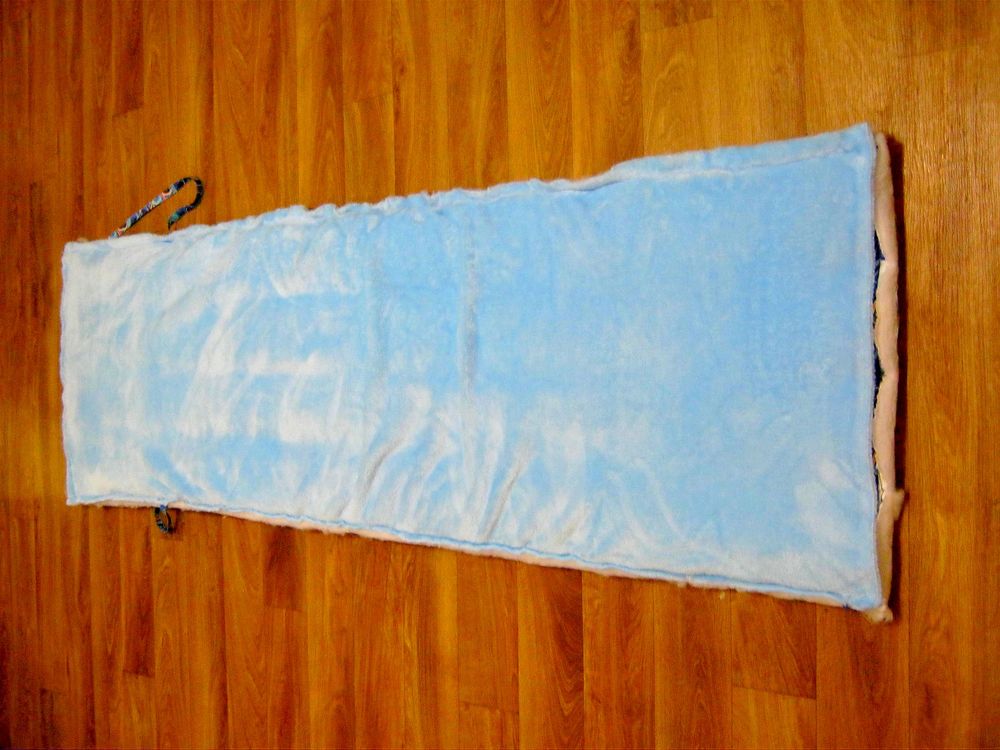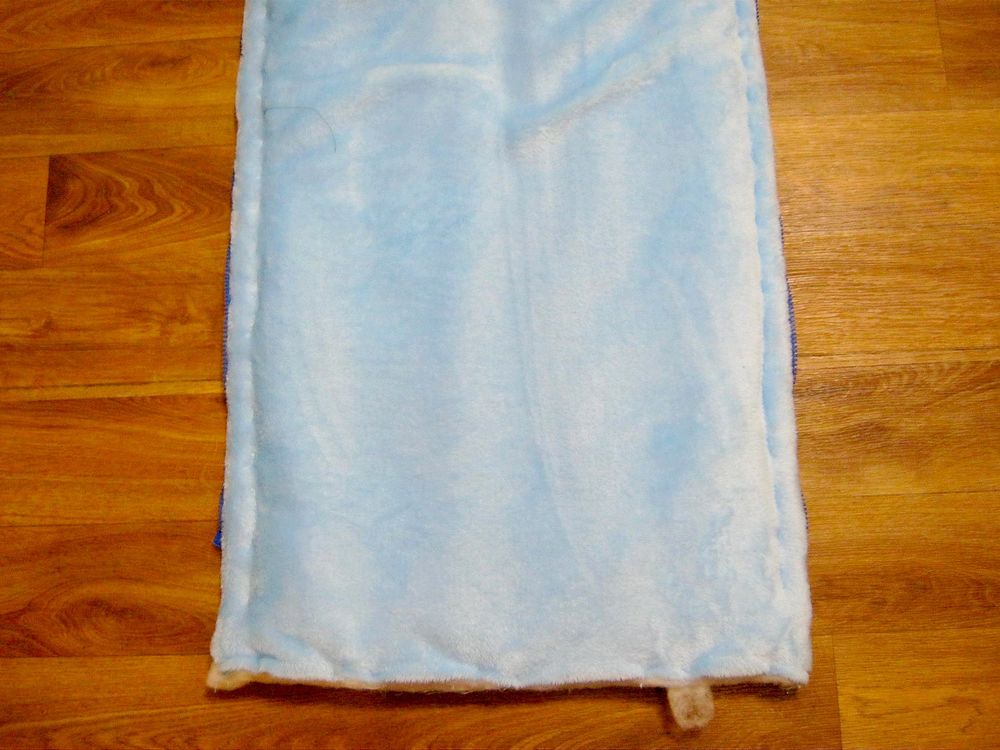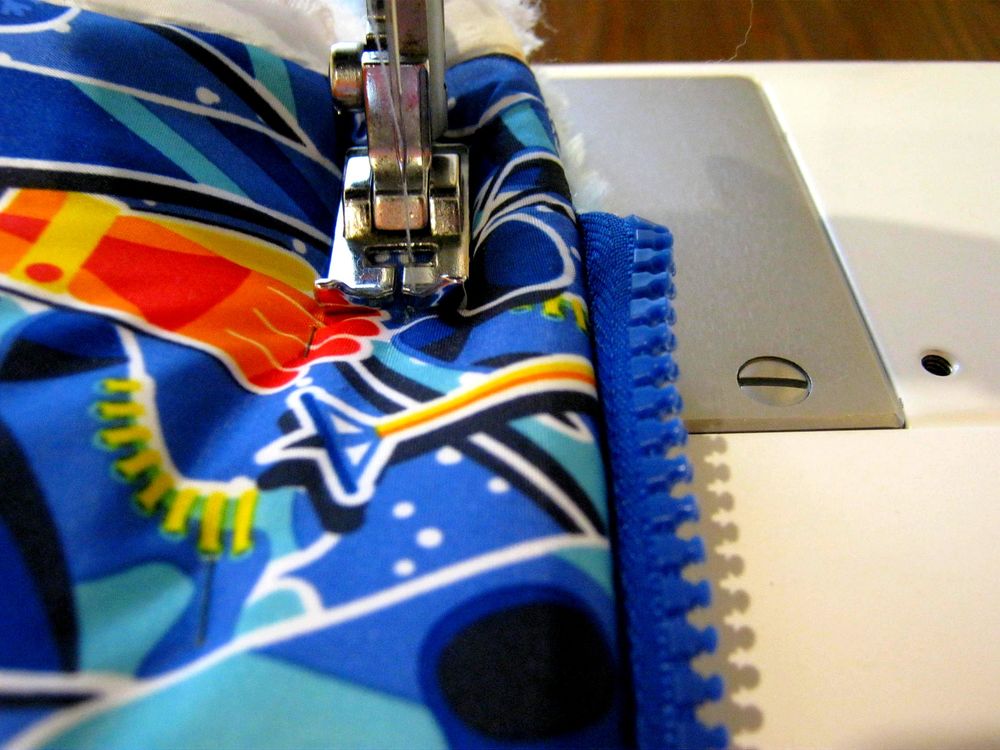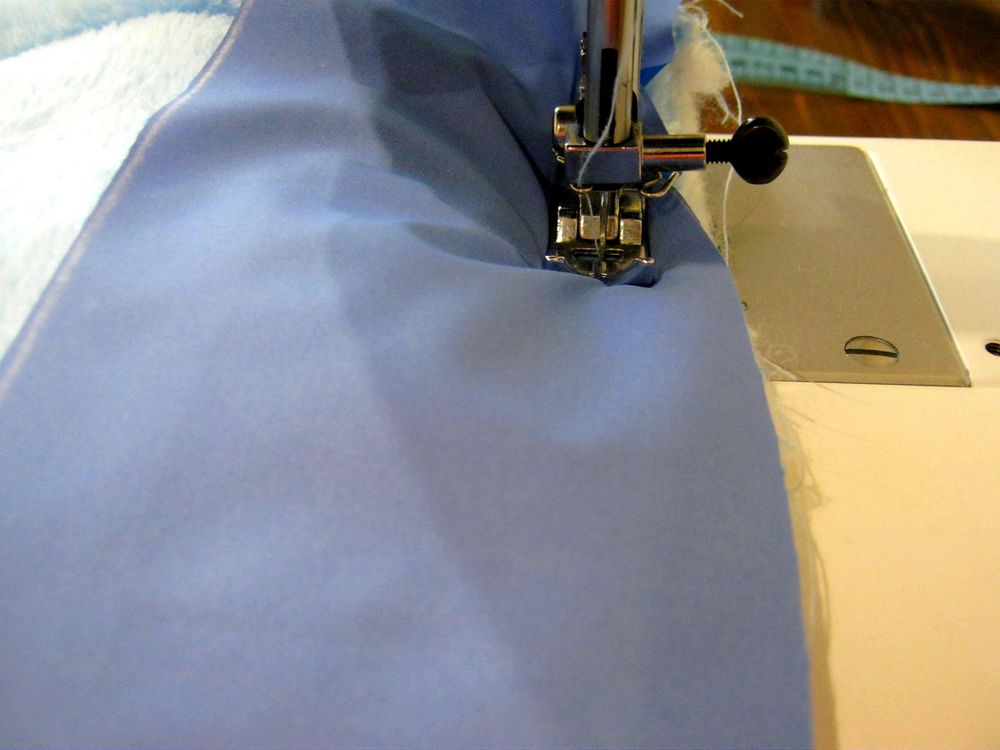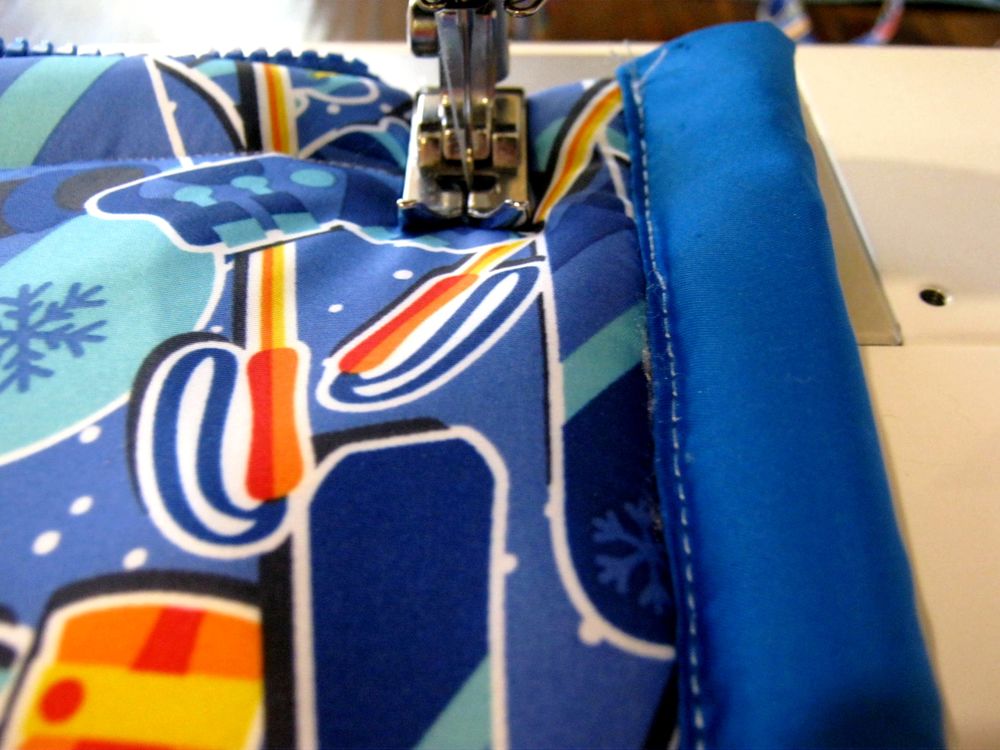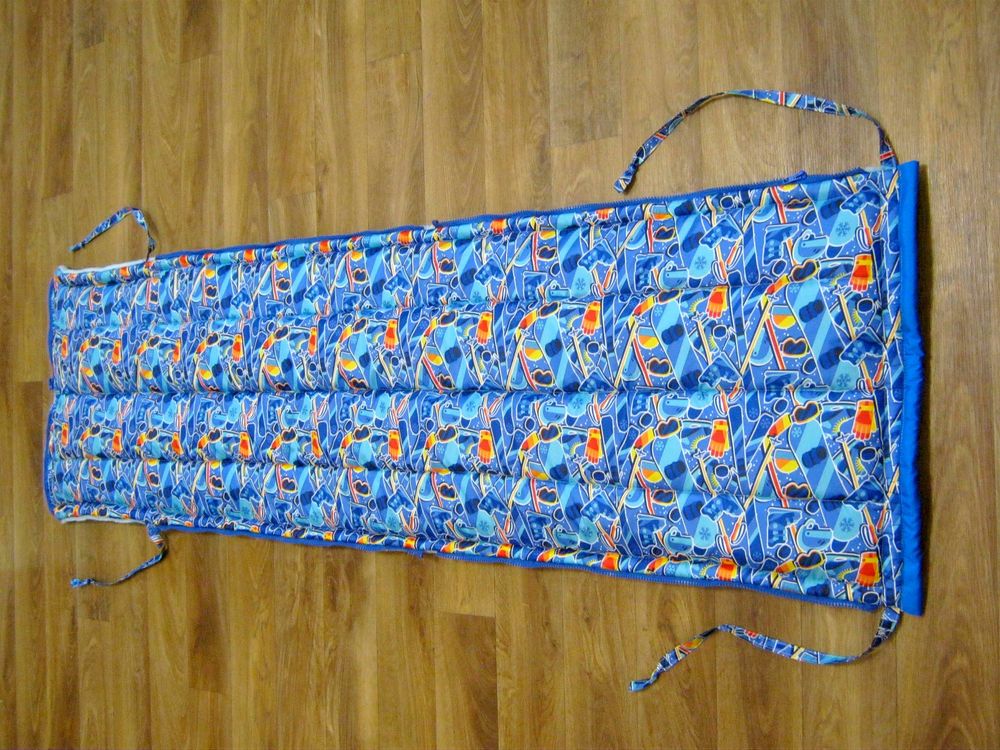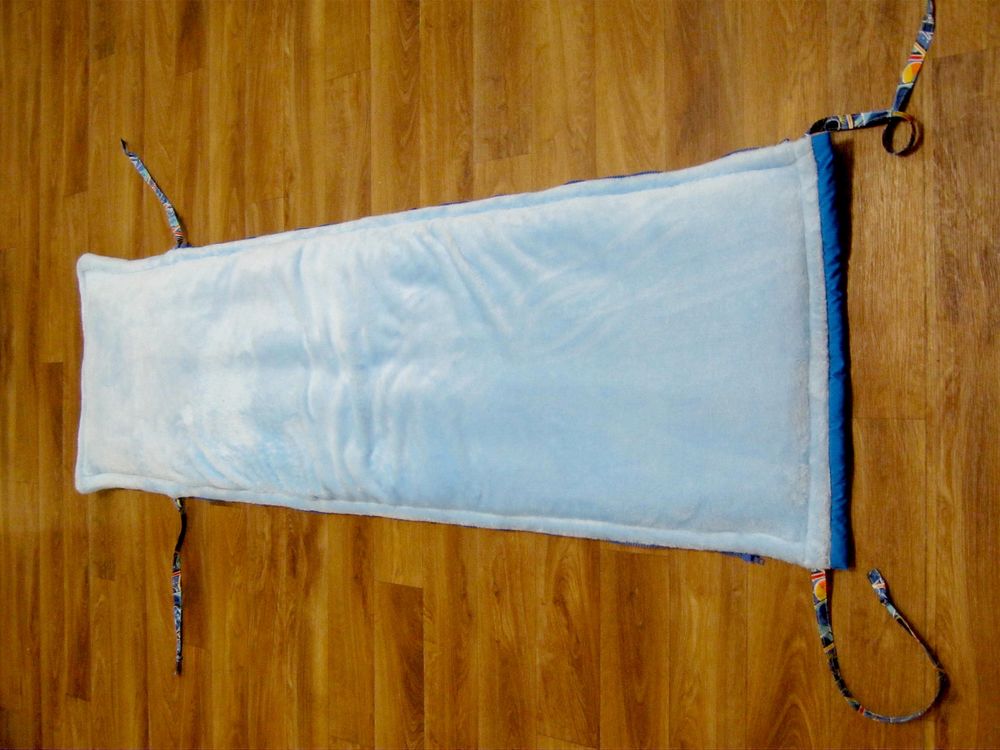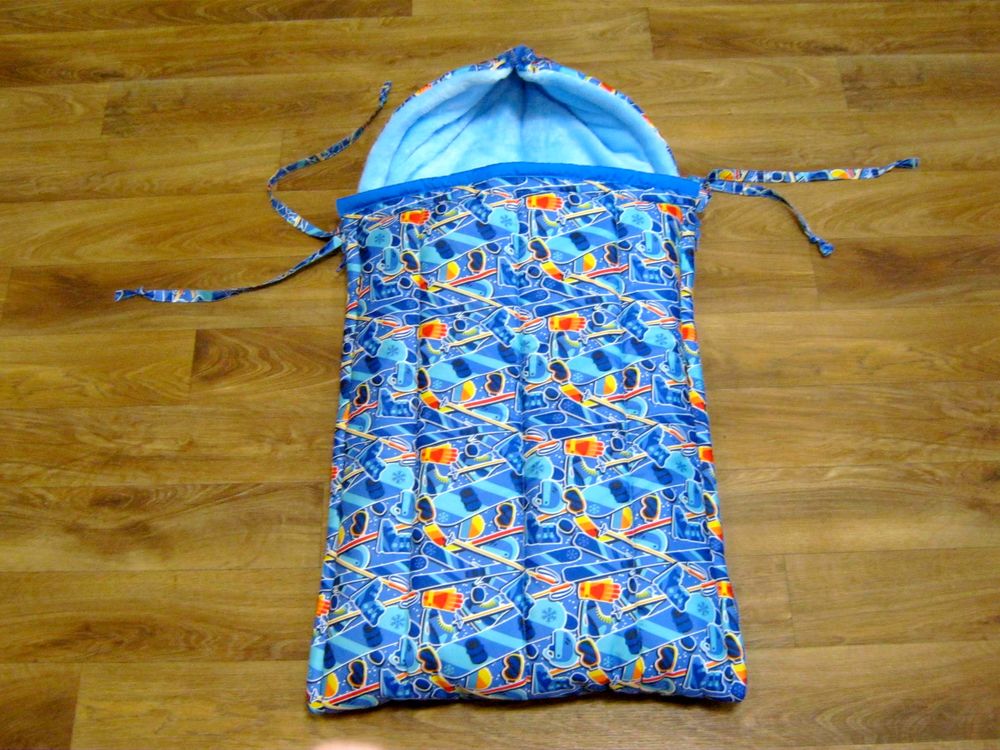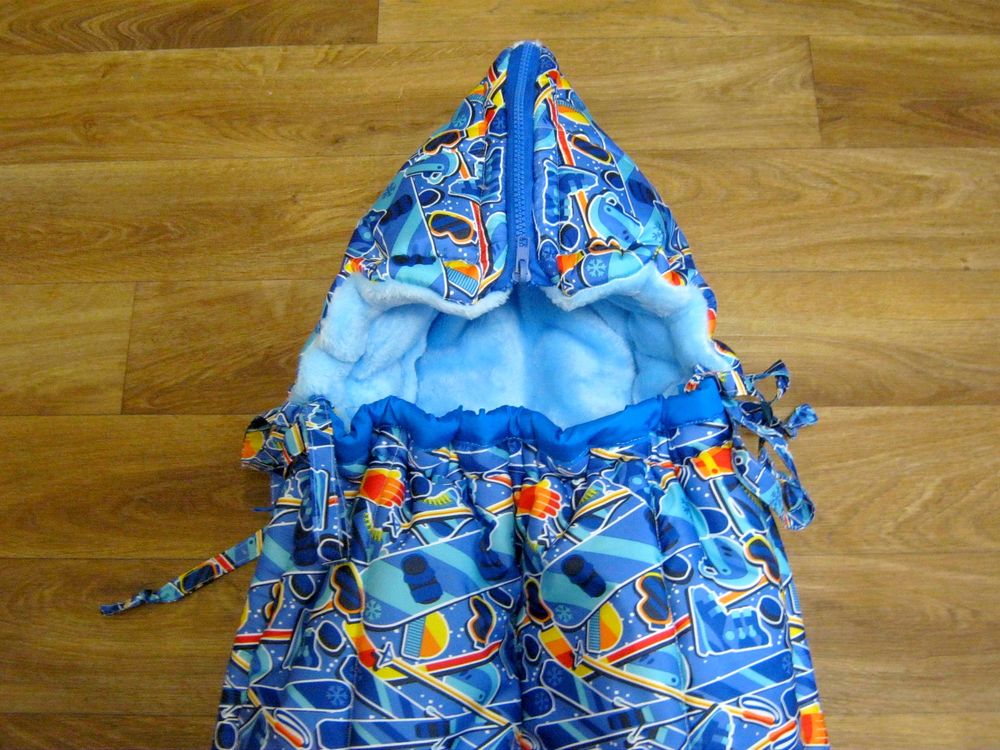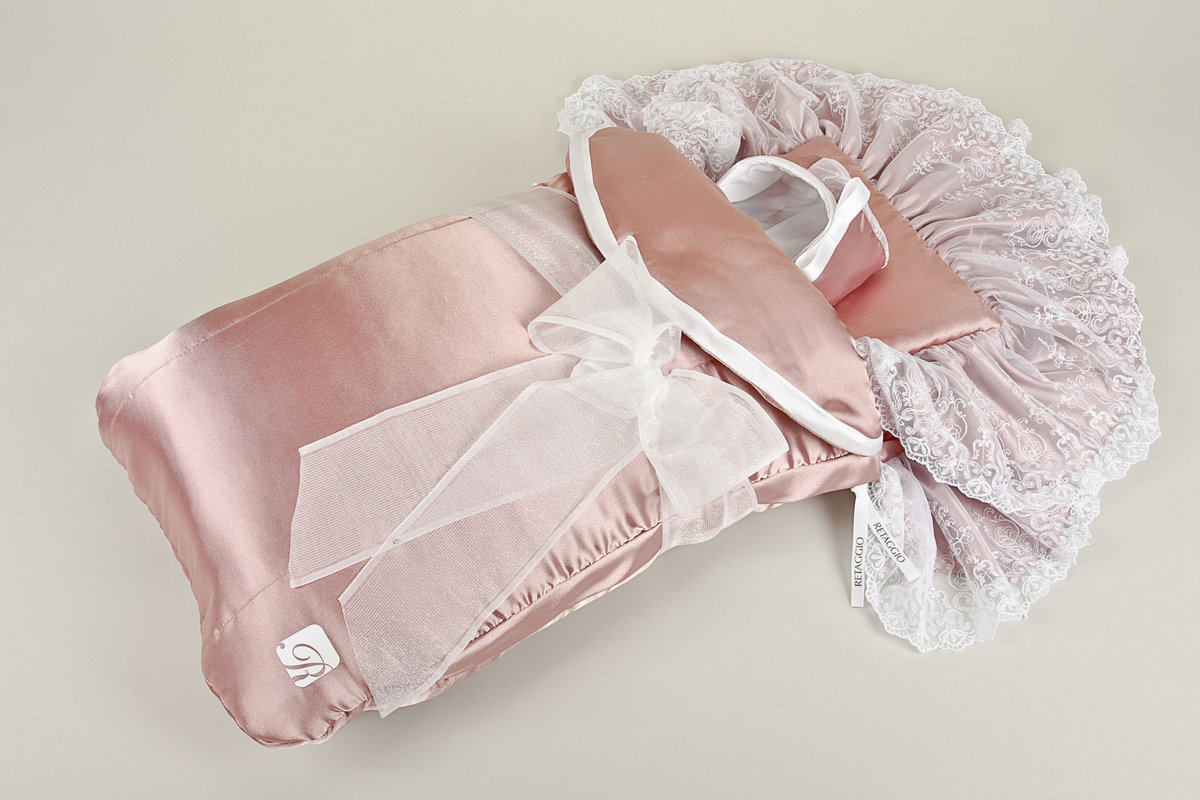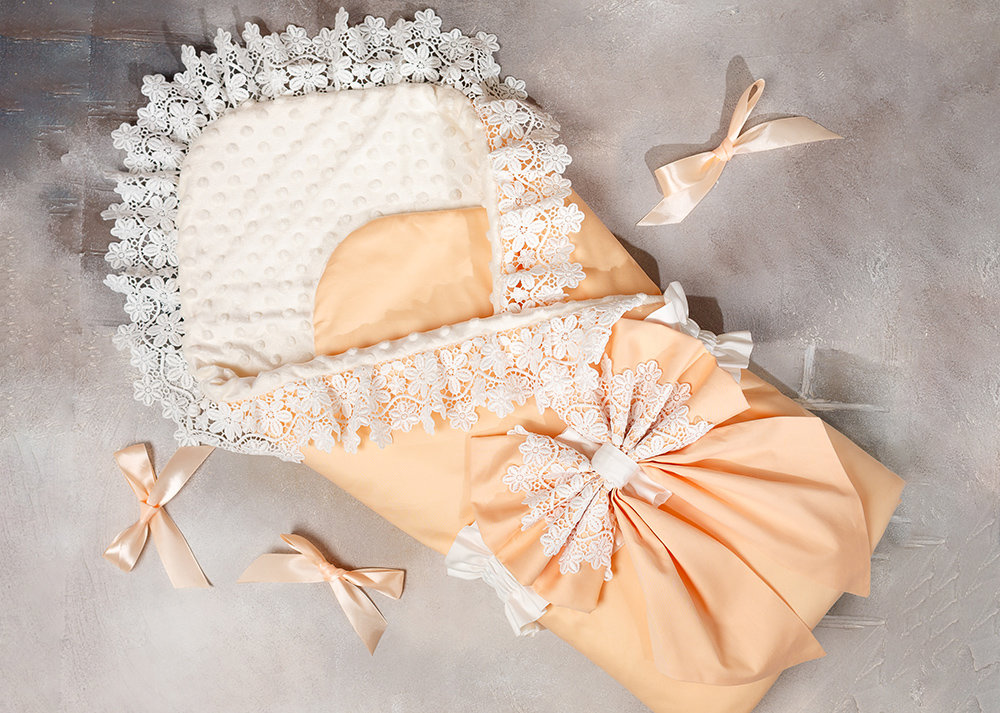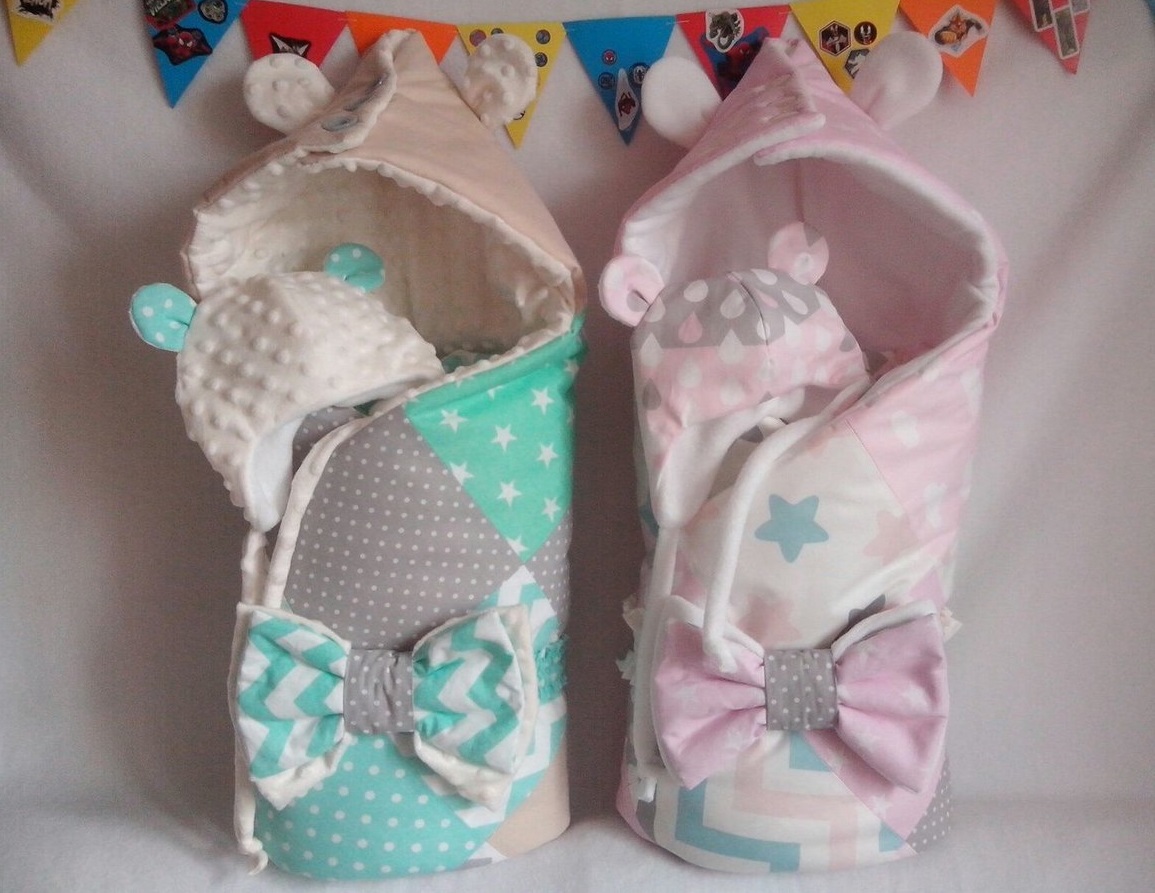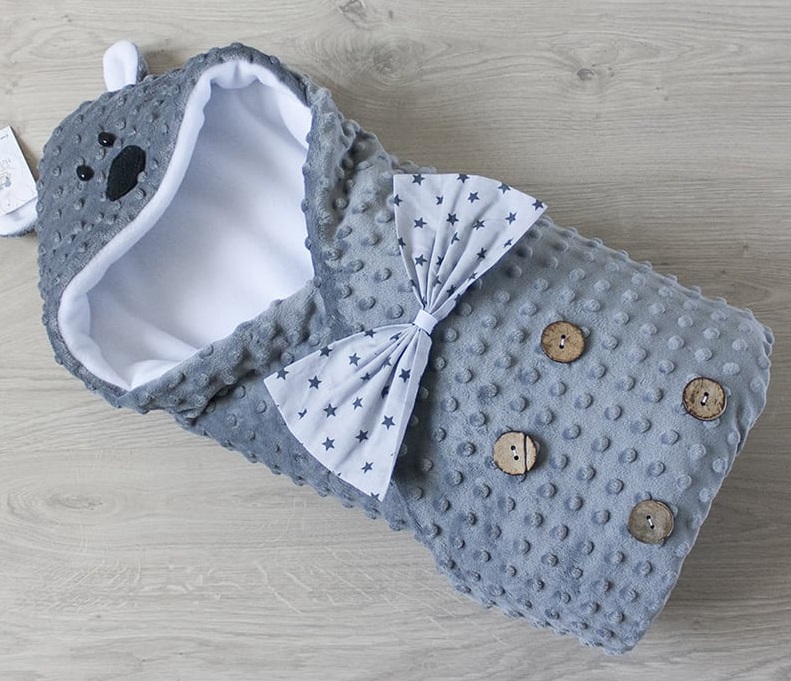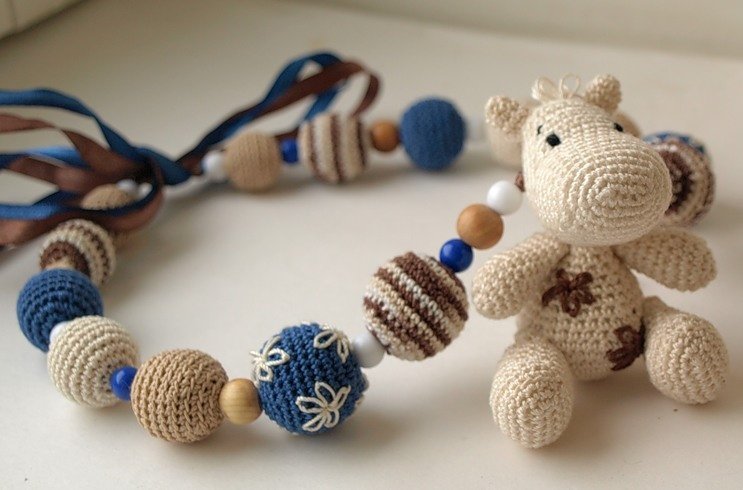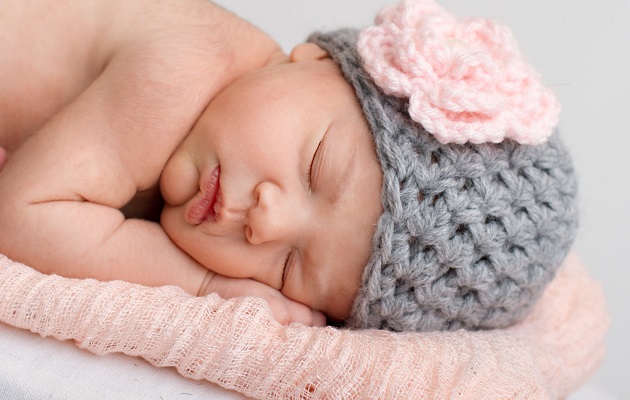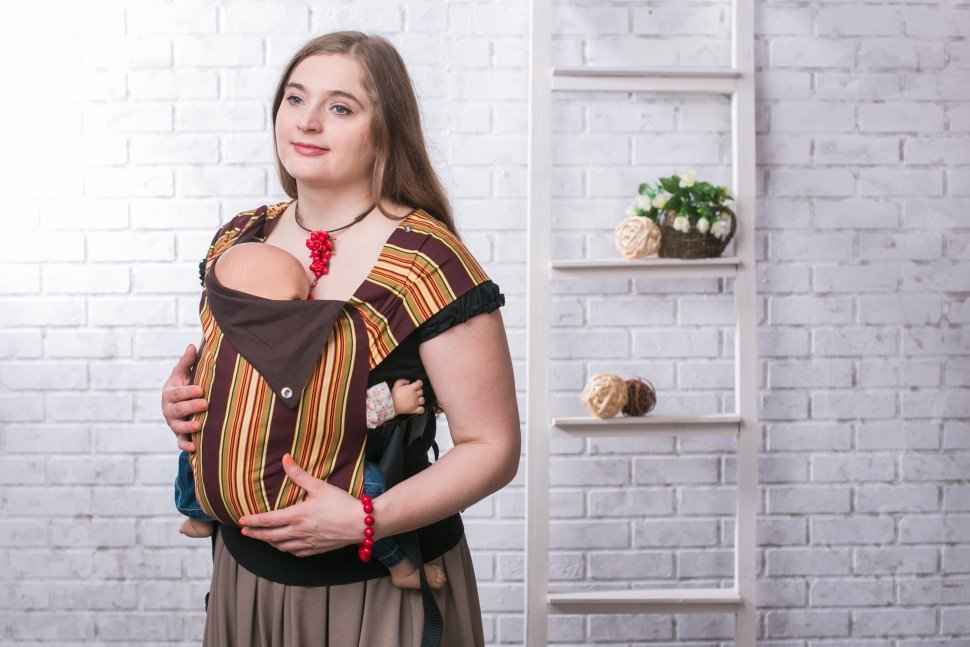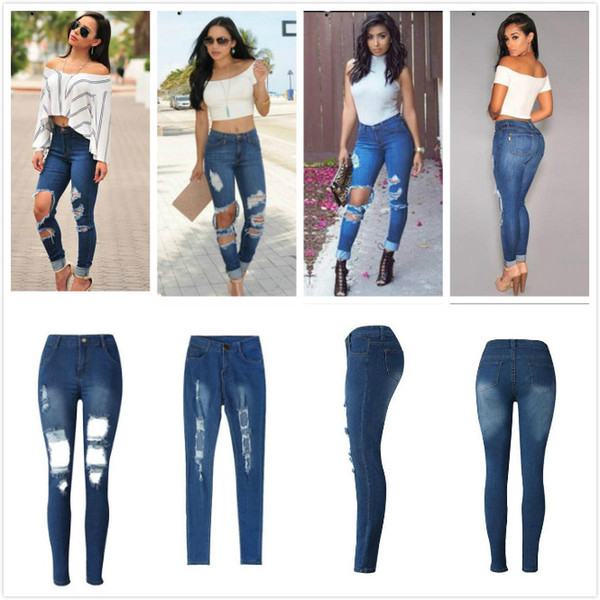In order for the discharge from the maternity hospital to go smoothly, you need to prepare all the necessary things in advance, including clothes for the newborn. You won’t have to spend money on a fancy suit if you sew a discharge envelope with your own hands, decorating it with beautiful ribbons or embroidery. In addition, the blanket will come in handy later, you can walk outside in it for the first time. Thanks to simple patterns and various master classes, you can sew such a product even without experience.
Choice of fabric
A hospital discharge envelope is a product designed to protect the baby from wind and cold. Just a few decades ago, they used a regular baby blanket instead, which was folded and tied with a satin ribbon. When making an envelope for a child, you need to start from the following points:
- what time of year will the discharge take place;
- baby's gender.
The main criterion to consider when choosing a material is that it should be hypoallergenic and safe. It is best to give preference to natural fabrics. It is especially important to adhere to this rule when choosing a material for the lining of the product. A light summer envelope for a baby can be single-layer or with a lining.
The following materials are most often used for manufacturing:
- cotton fabric – does not cause allergies and does not interfere with air circulation;
- satin - a smooth fabric woven from 3 threads, has increased strength;
- calico is a strong material that allows air to pass through;
- Poplin is a natural fabric, but hard to the touch.
If desired, you can use any of these materials to sew the envelope, since they are safe for newborns and are guaranteed not to cause an allergic reaction when in contact with delicate baby skin.
Since summer is not always hot, it is recommended to make a lining in advance in case of cool weather. It is best to use holofan, which is an analogue of isosoft, as insulation. If desired, you can put a second layer of calico underneath to prevent blowing.
Winter envelopes consist of two parts - the outer and inner parts with lining. The top layer of the product is sewn from a warm, dense material. The following fabrics are most suitable:
- plush;
- fleece;
- grass;
- faux fur.
Some mothers also use satin for sewing the outer part. For the inner layer, it is best to choose flannel - a safe hypoallergenic fabric. As insulation, it is recommended to take:
- synthetic padding;
- fluff;
- holofiber;
- sheepskin;
- bamboo fiber.
Each material has its own advantages and disadvantages. You need to choose the fabric based on your individual preferences and financial capabilities. To give the envelope a festive look, use frills, ruffles, ribbons. Also, such a product must be equipped with special fittings: zippers, rivets, Velcro. If desired, you can re-stretch the envelope with a regular satin ribbon.
As for the color scheme, the most common shades for baby envelopes are pink, blue, white, lilac, and gold. The last three options are universal. They are suitable for both boys and girls. The only thing that is not recommended for sewing an envelope for discharge for a newborn is fabrics with complex patterns and colorful prints.
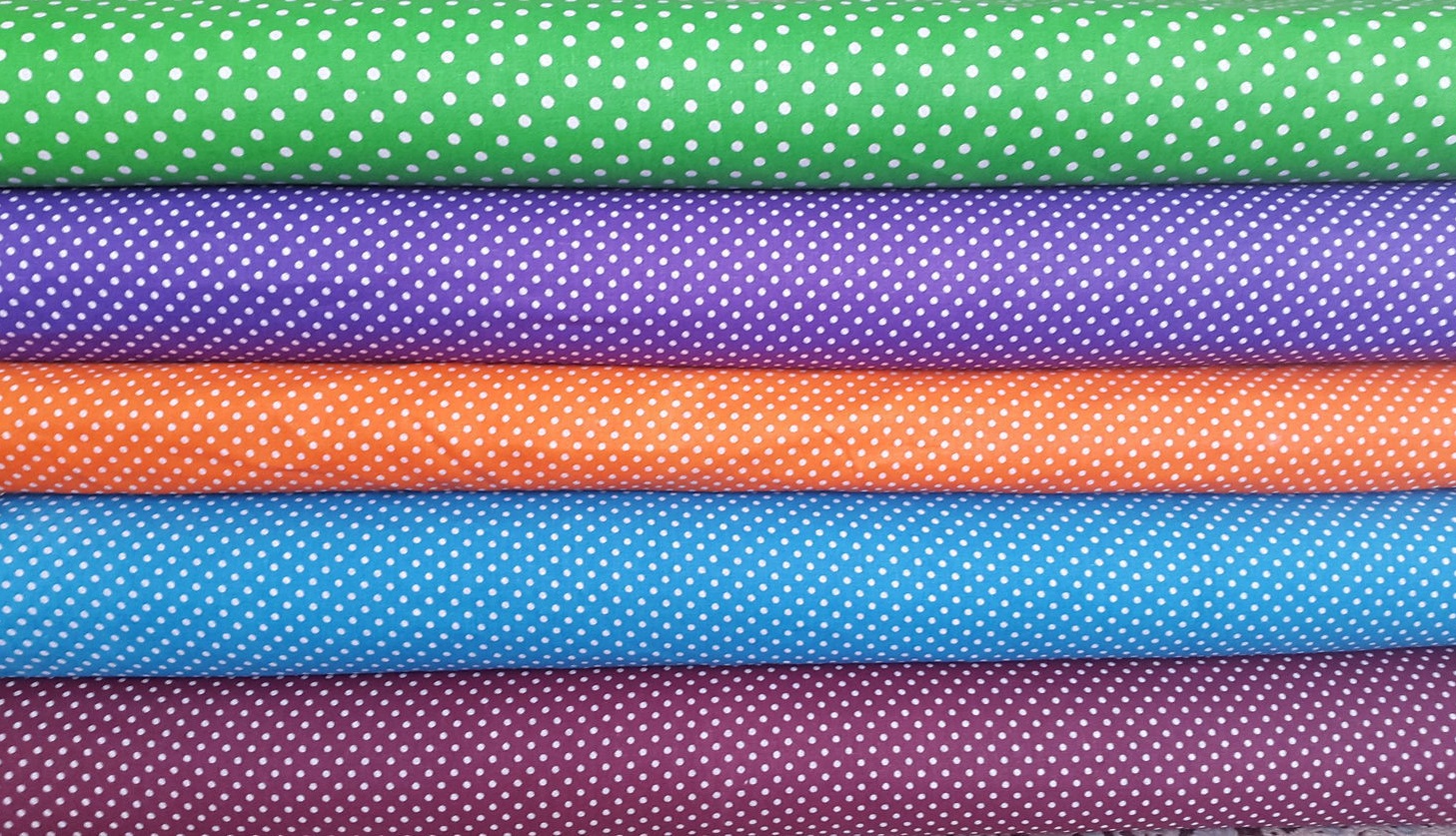
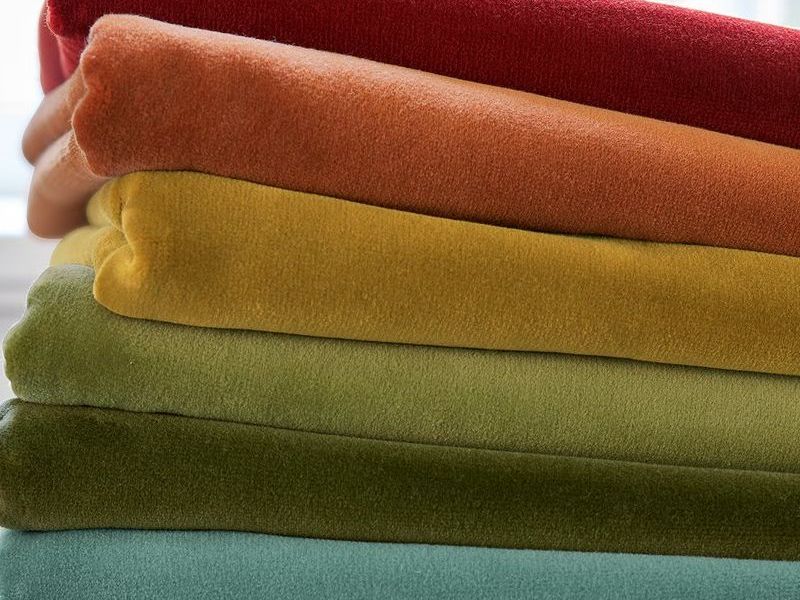
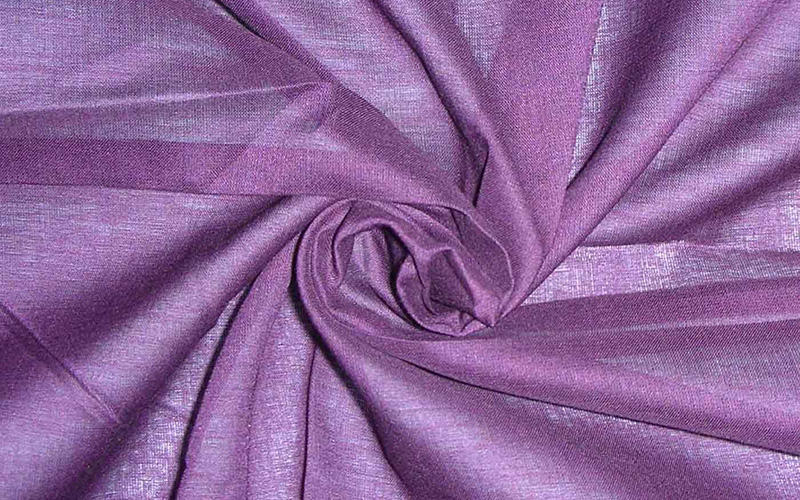



Necessary tools
To make the work of sewing an envelope for discharge with your own hands as easy as possible, you need to stock up in advance on all the tools that you will need during the work. To make a summer and winter version, you need the same tools:
- graph paper;
- sharp scissors;
- several needles;
- pins with colored heads;
- chalk for tracing;
- threads that match the tone of the material;
- sewing machine.
The expectant mother is recommended to print out the patterns in advance, according to which the product will be sewn. It is much more convenient to work with them than with electronic models. In addition to tools, you will need the material itself, fittings (zippers, buttons, Velcro or ribbons), and decor. With minimal experience, you can sew a blanket for discharge in a day. If you choose the simplest option, the work will take only a few hours.
Models and patterns
The first criterion by which discharge envelopes are distinguished is seasonality. Such products are not only summer and winter, but also interseasonal. It is important to remember that the thermoregulation system of newborns is not formed, so clothing must be chosen correctly. Also, a summer or winter baby envelope for a newborn differs in shape.
There are several types of envelopes:
- Blanket. The most standard option. By folding the fabric, you can get a warm envelope for the baby and then tie it with ribbons. Satin products are most often chosen, but cotton blankets are considered more practical, since they do not slip.
- Bag. The device is similar to the previous version and also does not have sleeves. The only difference is that with this design a zipper is sewn on the side. The envelope bag is more practical, since it eliminates the possibility of cold wind getting in.
- Cocoon. It looks like a hooded bag, but it has places for handles. The legs remain completely wrapped. The advantage of such a product is that the new mother does not have to tuck corners and tie ribbons.
- Transformer. Such a product visually looks like a regular jumpsuit with many zippers or rivets sewn on it. If you fasten them, you get a warm windproof envelope. As the baby grows, the transformer for a newborn can be used as outerwear. All that is required for this is to unfasten the buttons, as a result of which you get a model with arms and legs. This is the most practical option, since the child can wear it all season.
In the absence of experience, novice craftswomen are advised to choose simple models, such as a blanket envelope or a bag. Each of these options is universal, suitable for both summer and winter discharge. When sewing, it is worth considering that the sizes of such products vary among themselves and directly depend on the weight and height of the child. In order not to miscalculate with the choice, it is recommended to make an envelope of a standard size - 75 x 42 cm.
Most modern manufacturers produce products not by height, but taking into account the baby's weight. Conventionally, there are 3 sizes of envelopes for discharge: intended for children weighing from 2.8 to 3.3 kg, from 3.3 to 3.5, from 3.5 to 5 kg.
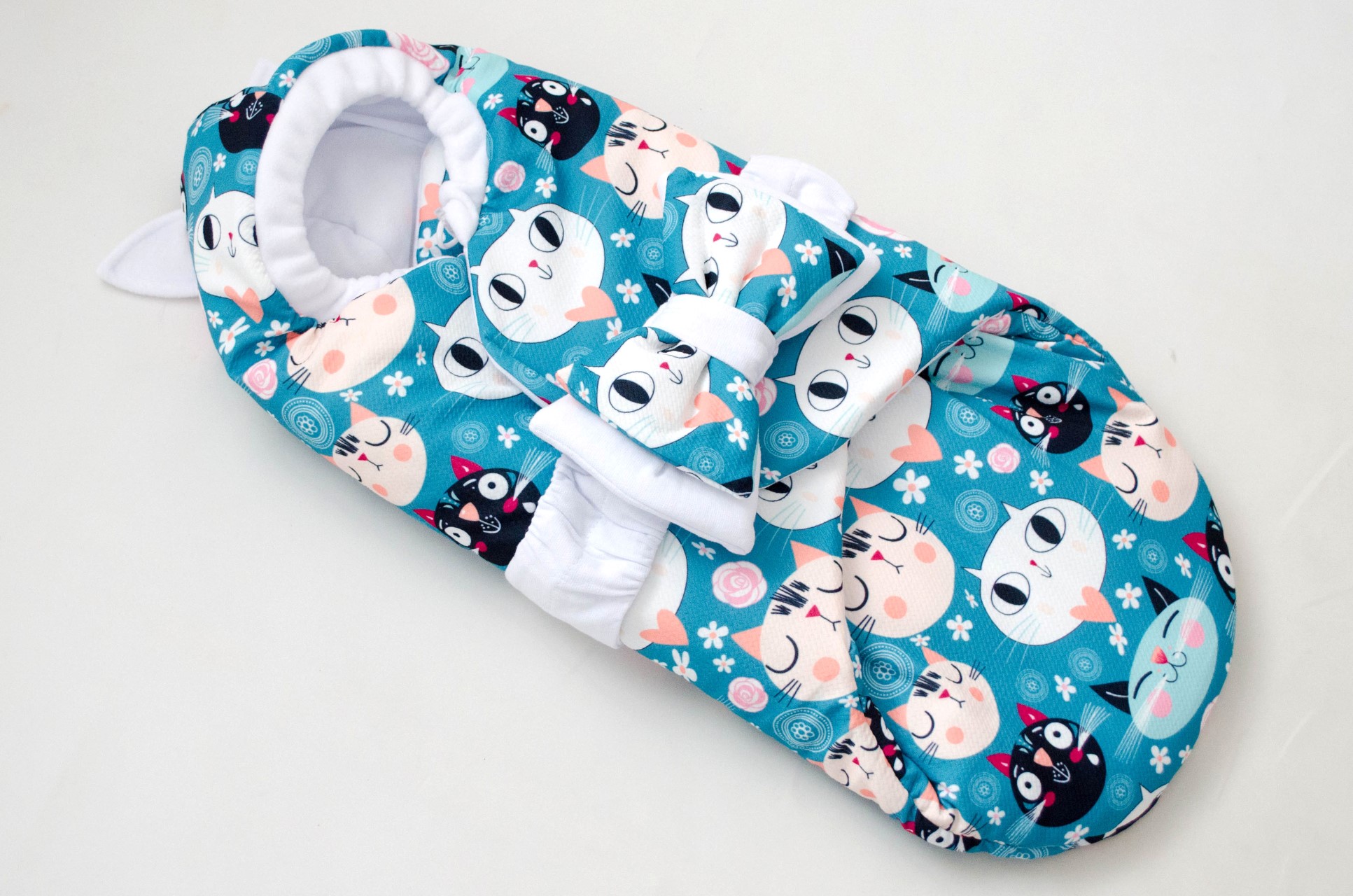

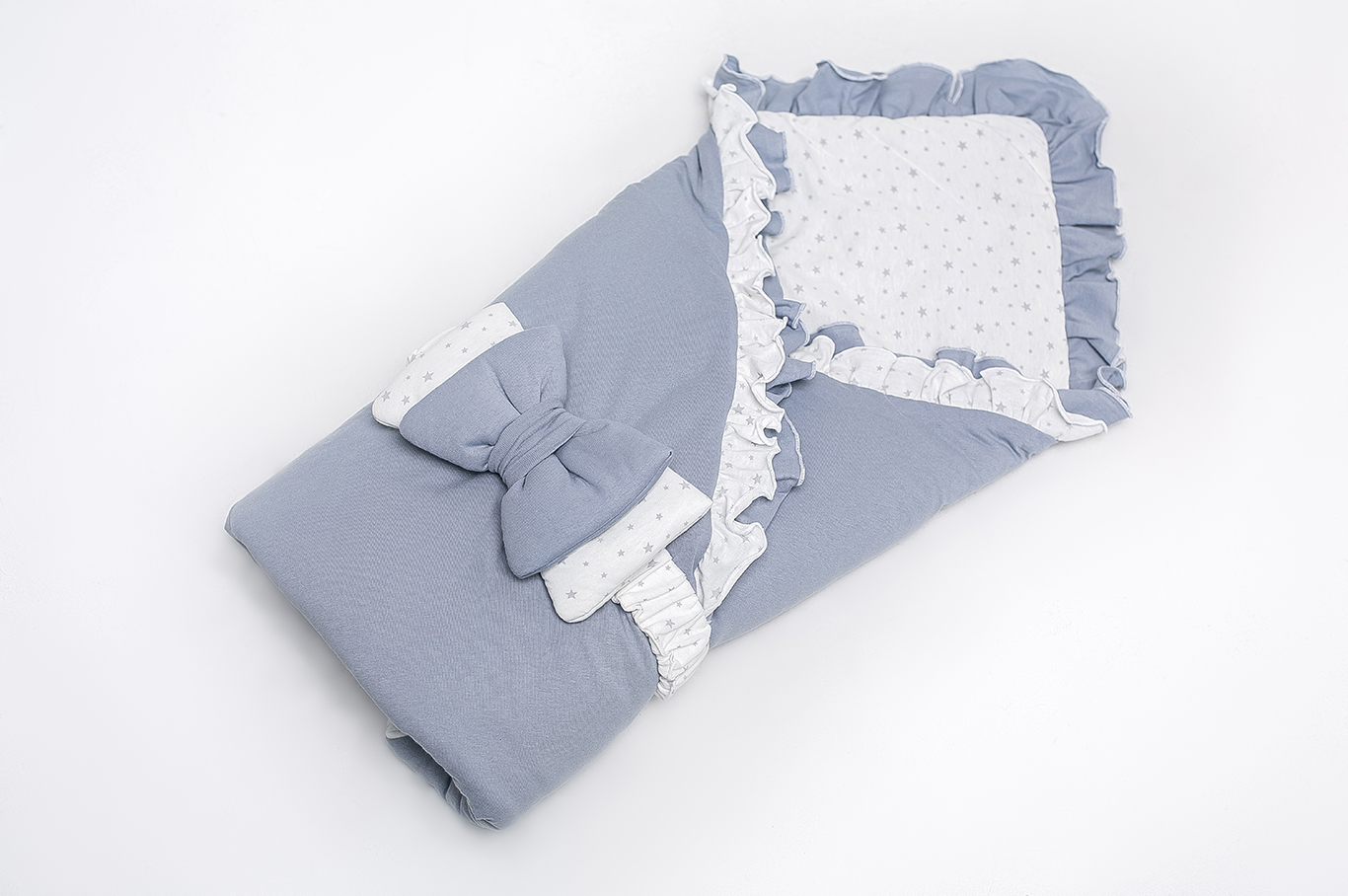

Step-by-step sewing master class
To cope with the task, you need to not only know how to sew an envelope, but also find a good pattern. It is important to remember that if the discharge occurs in the winter months, the product must be insulated. When the baby is taken home in May, June or July, a light option is enough.
Summer envelope-blanket
It is considered the most suitable for beginners, with minimal experience sewing will take only a few hours. The model is cut from 2 layers of fabric. It is recommended to use jacquard or satin as the outer layer, and thick cotton is used for the inner layer.
To sew the product according to this algorithm, you need 2 pieces of fabric measuring 135 x 80 cm. The envelope pattern must first be transferred to graph paper. After that, you can start sewing.
- Pin the paper model to the fabric and outline it. It is necessary to leave allowances for seams.
- Next you need to cut out the blank.
- Machine sew the outer and inner layers.
- Now you need to make beautiful frills from lace and sew them to the top of the envelope.
- Next, process the edges with an overlock. If desired, they can also be decorated with lace.
All that remains to be done is to sew ribbons to the envelope. Alternatively, you can attach buttons instead. Making such a model will not cause any difficulties. Its only drawback is its minimal functionality.
Winter with hood
If the baby was born in cold weather, the envelope should not only be warm, but also windproof. Denim, plush or raincoat fabric that will not get wet can be used as the outer material. The middle layer is made of holofiber. The lining is made of flannel. Also, to make such a model, you will need an elastic band, 3 buttons and 2 zippers. The envelope is sewn according to the following algorithm.
- First, you need to print out the pattern. Then apply it to the fabric and prepare the necessary parts, not forgetting to leave an allowance for the seams.
- Now sew the outer layer, insulation and lining together using a sewing machine.
- Next, insert the zipper on the sides.
- Then fix 3 buttons on one side at the top and make 3 loops from the elastic on the other. When they are fastened, the hood will be formed.
Finally, you can decorate the envelope with bows or frills. It will be very warm and will definitely protect the baby from the wind. You can walk in it for the first few months.
Elegant decor
When choosing decor, you need to be guided not only by your preferences, but also take into account the gender of the child. It is better to decorate an envelope for a girl with flowers or animal figures. For a boy, it is recommended to choose cars or geometric patterns. The most common options are:
- laying out figures from multi-layered lace;
- creating flowers and bows from satin ribbons;
- decoration with glass or plastic beads;
- fixing decorative fur pom-poms;
- beadwork.
If desired, you can simply sew a colored volumetric applique onto the top layer. When attaching decorations, it is important to place them in a place that will not be in contact with the child. It is also desirable that the decor is not too voluminous, since this may make the envelope inconvenient to use.
Video

